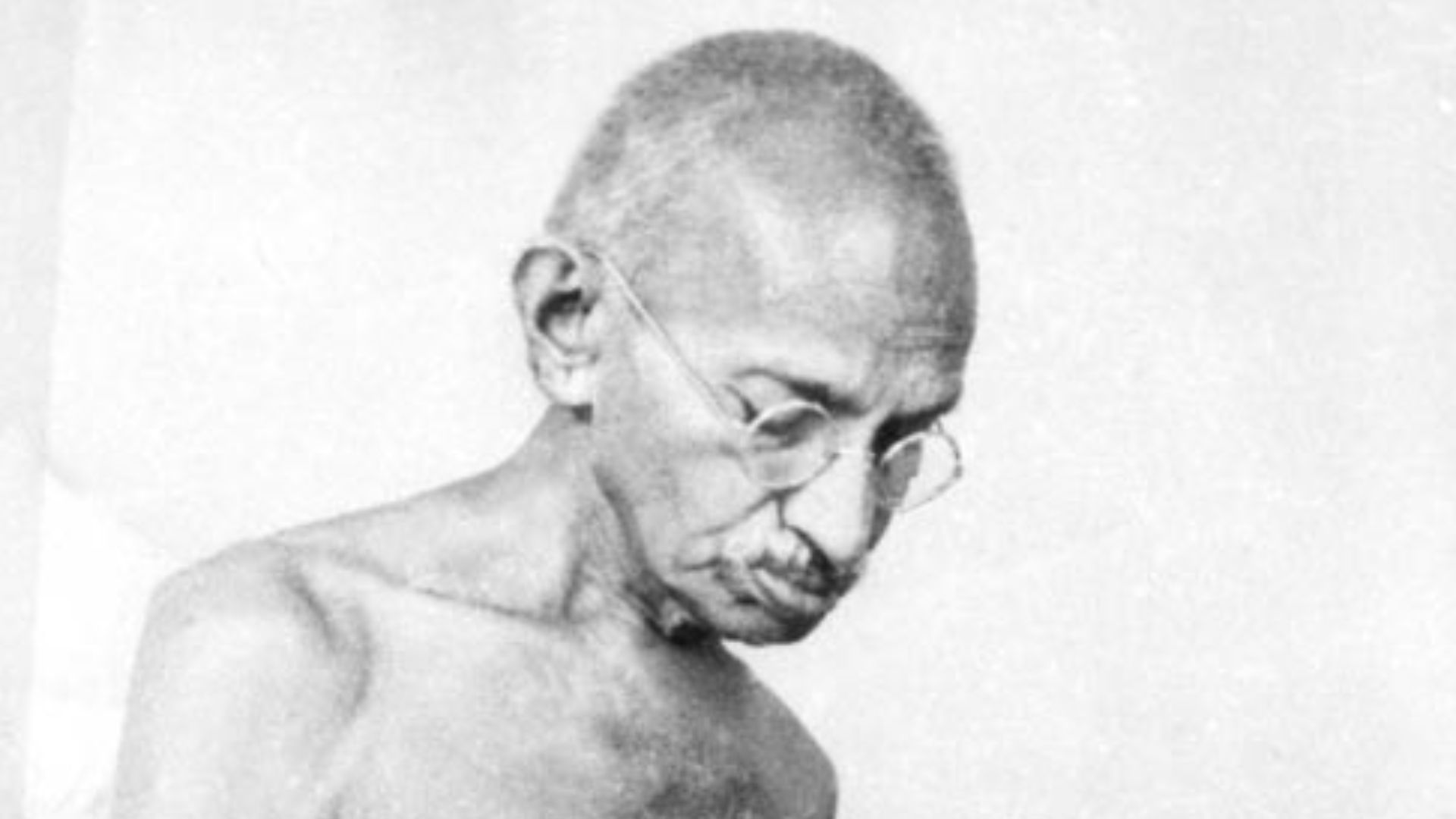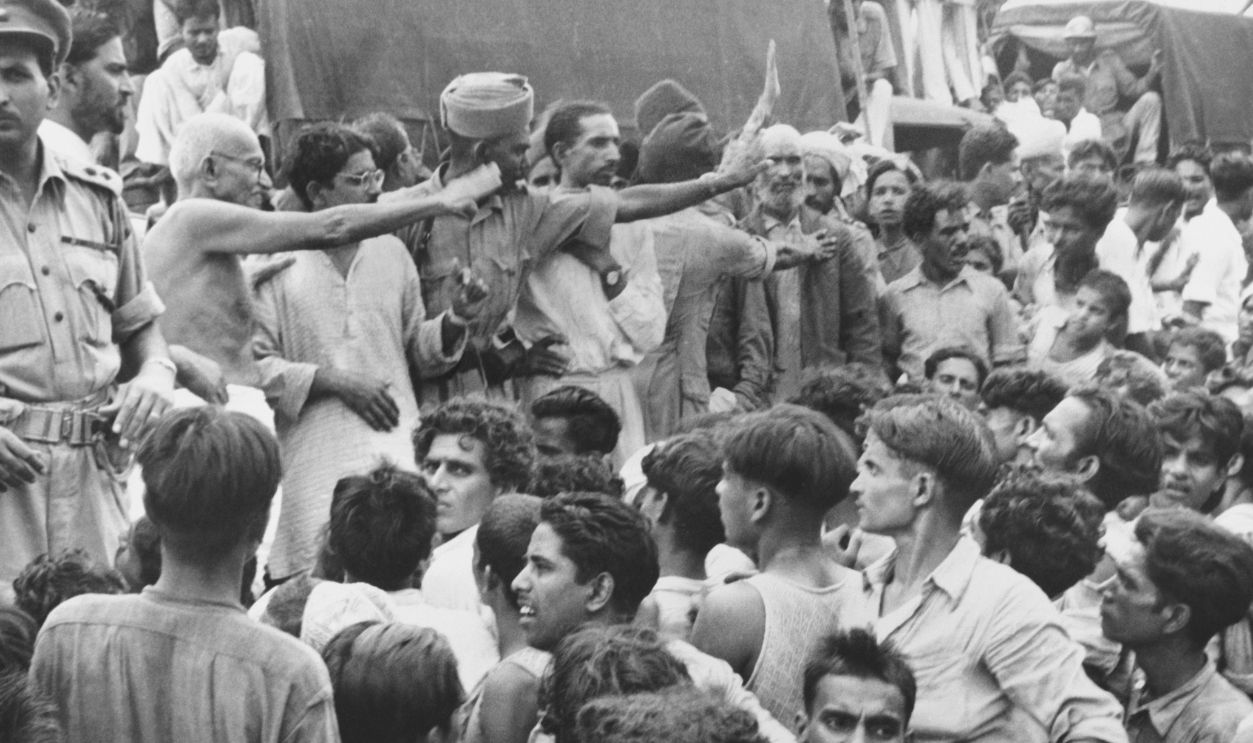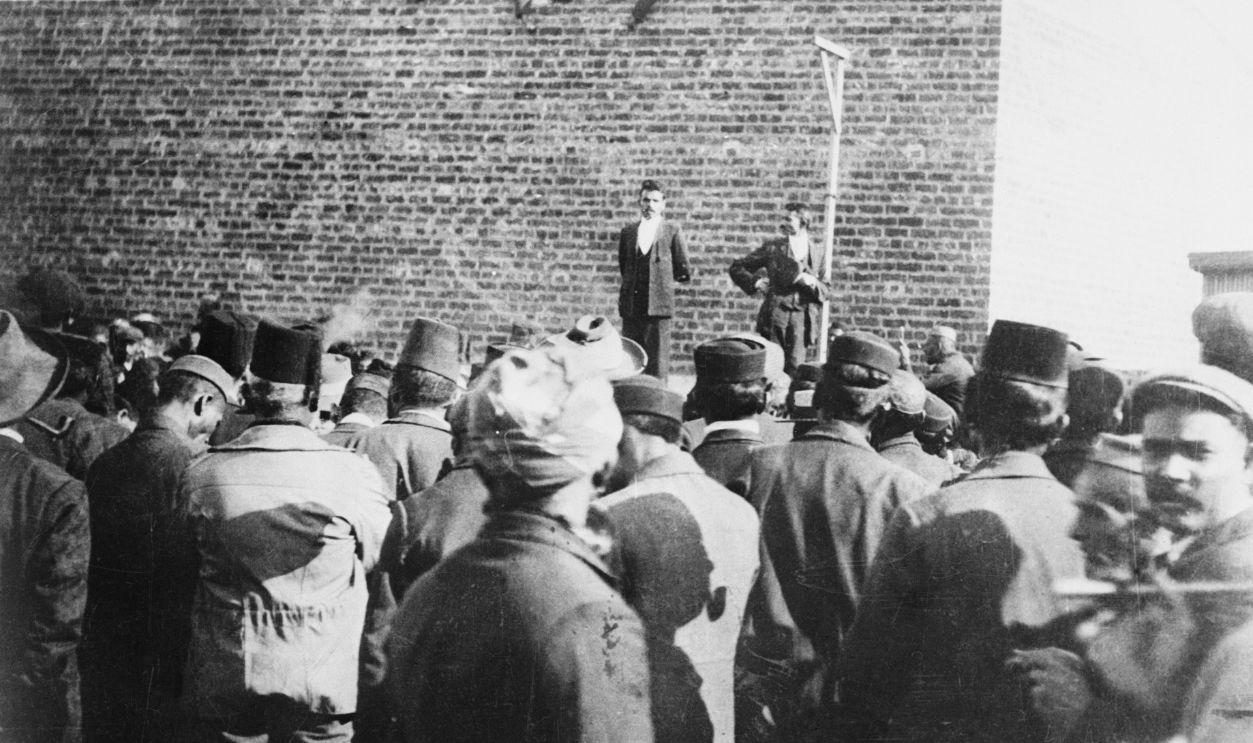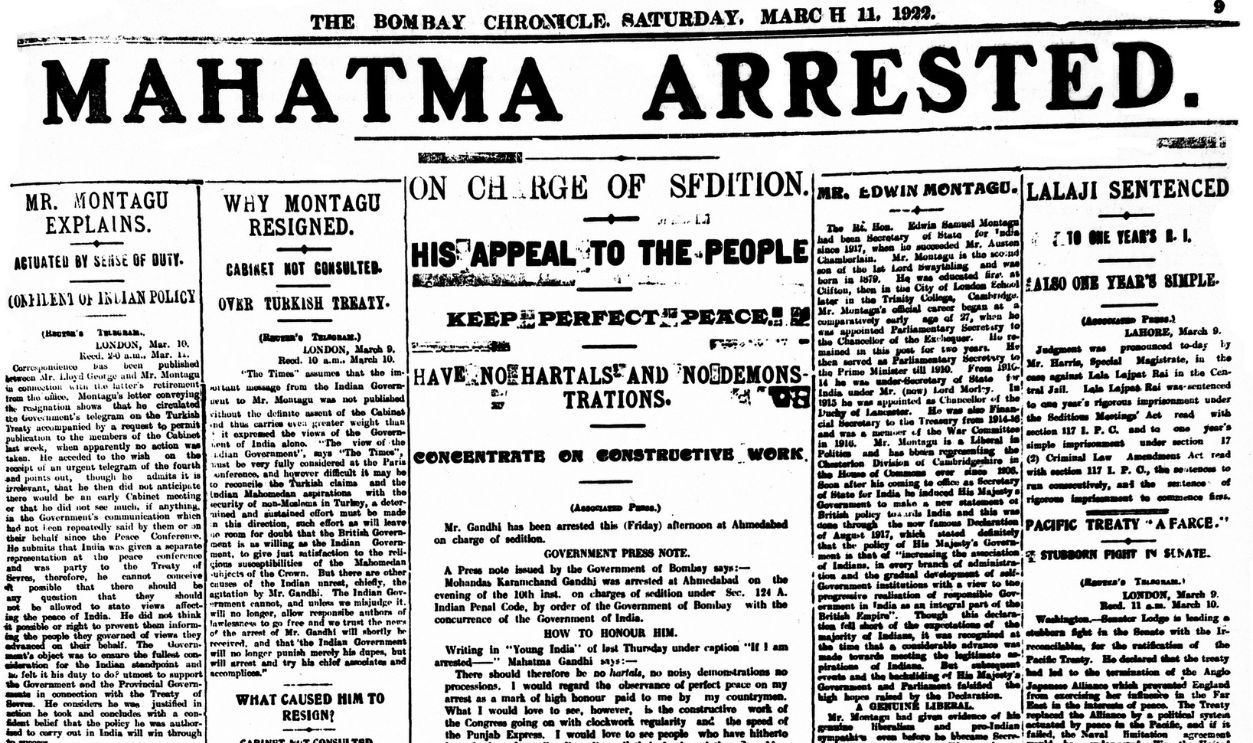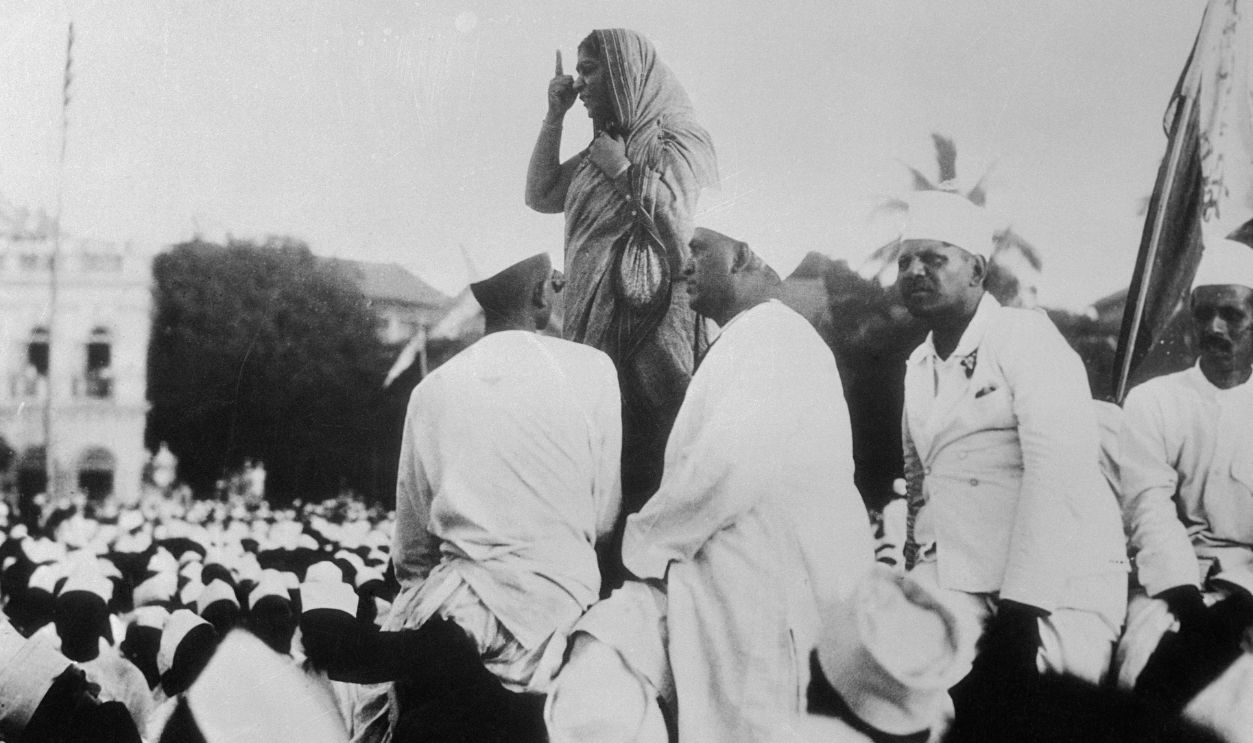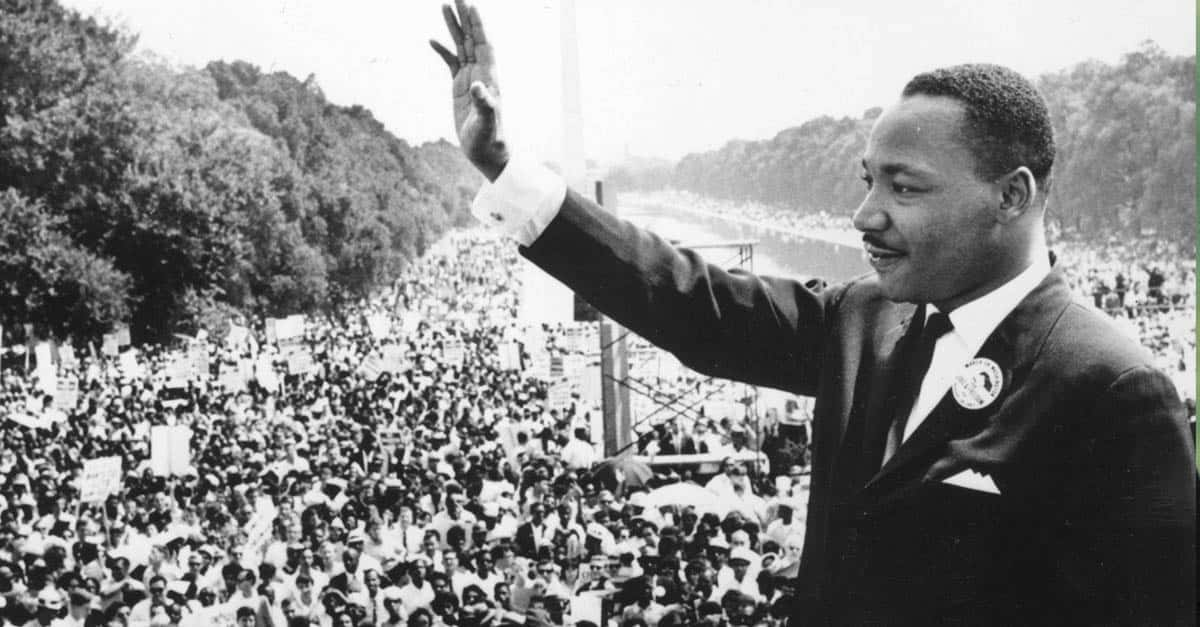The Power Of Peaceful Protest
Gandhi has long been a figure that embodies the western idea of “sainthood”, even if that was a term that, as a Hindu, he would not prescribe to. Gandhi was a man who fought for the rights of the little people, and did so in a revolutionary way. However, no one’s life is straight forward, and Gandhi did not always do the right thing. Let’s discover the true Gandhi, for everything that he was.

1. His Family Was Respected
Growing up in India, Gandhi lived a life that was completely different from anything those in the western world might know. His father, Karamchand Gandhi, was well respected, holding several positions of power within his life. He was also married four times. Mohandas Gandhi, later known as Mahatma Gandhi or simply Gandhi, was his youngest child by his fourth marriage.
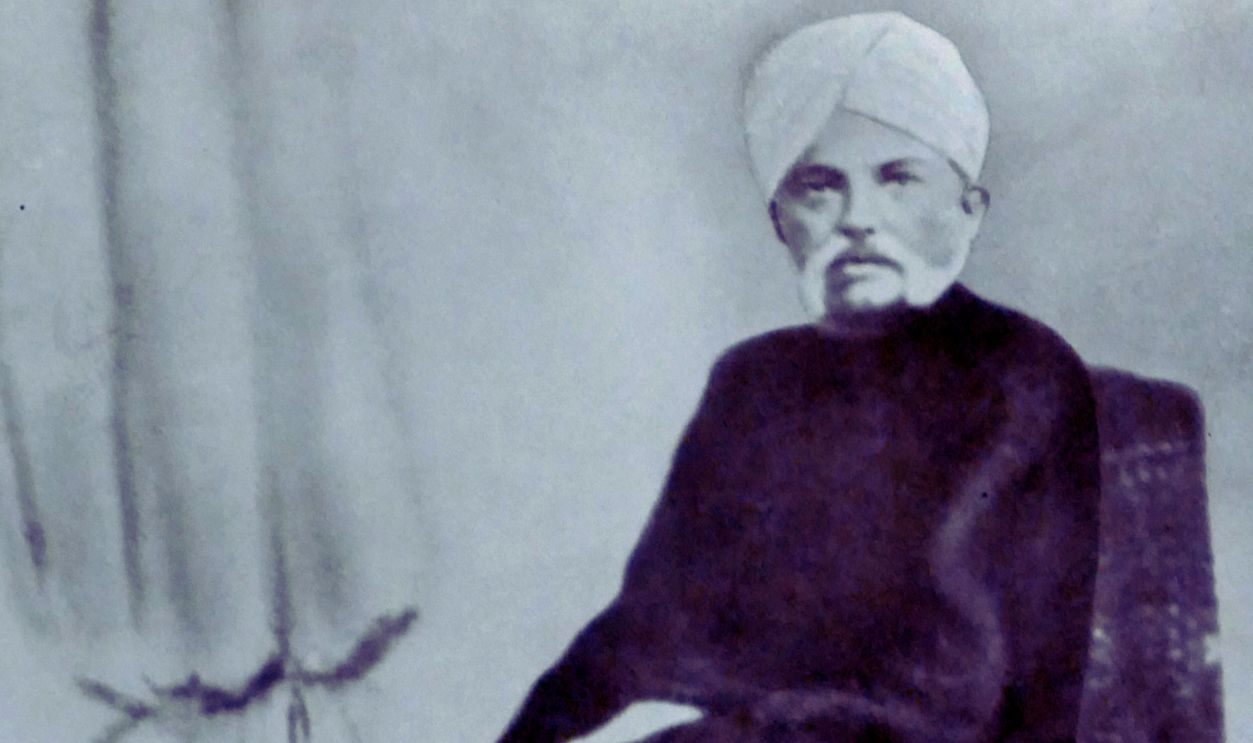 Universal History Archive, Getty Images
Universal History Archive, Getty Images
2. He Was A Restless Child
Gandhi was a handful growing up. He was full of energy that needed containment. His elder sister, Raliat, described Gandhi as, “restless as mercury, either playing or roaming about. One of his favorite pastimes was twisting dogs' ears”. Despite this, he was also shy. At school, he was quiet and tended to keep to himself—an obstacle Gandhi struggled with his entire life.
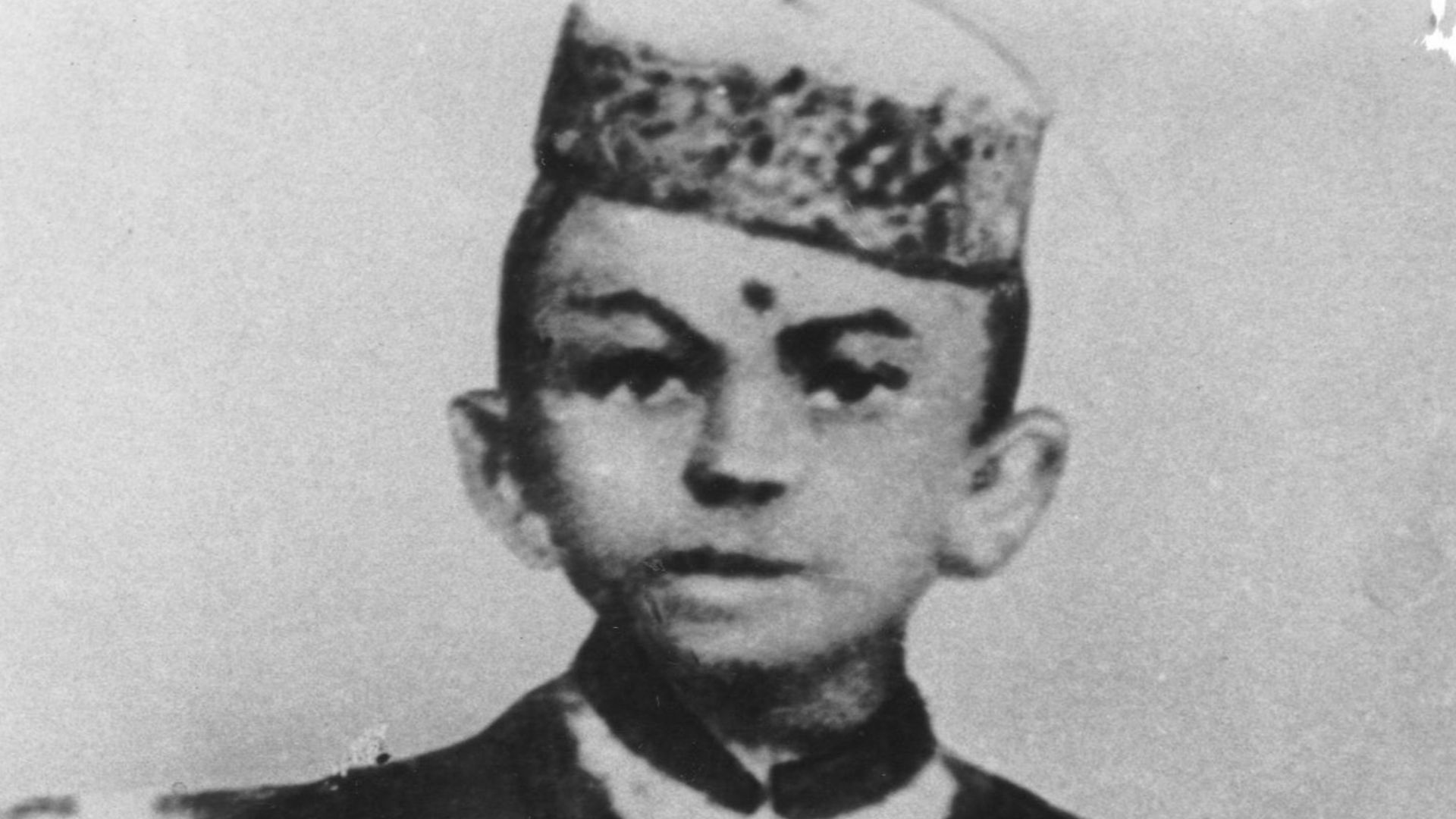 Unknown authorUnknown author, Wikimedia Commons
Unknown authorUnknown author, Wikimedia Commons
3. He Admired His Mother
Gandhi’s early influences came from classic Indian tales, particularly that of Shravana and King Harishchandra. He was also influenced by his mother who was marked as a greatly devoted woman. In recollection, Gandhi recalled that his mother “would not think of taking her meals without her daily prayers... she would take the hardest vows and keep them without flinching. To keep two or three consecutive fasts was nothing to her”. This would be something Gandhi himself carried on.
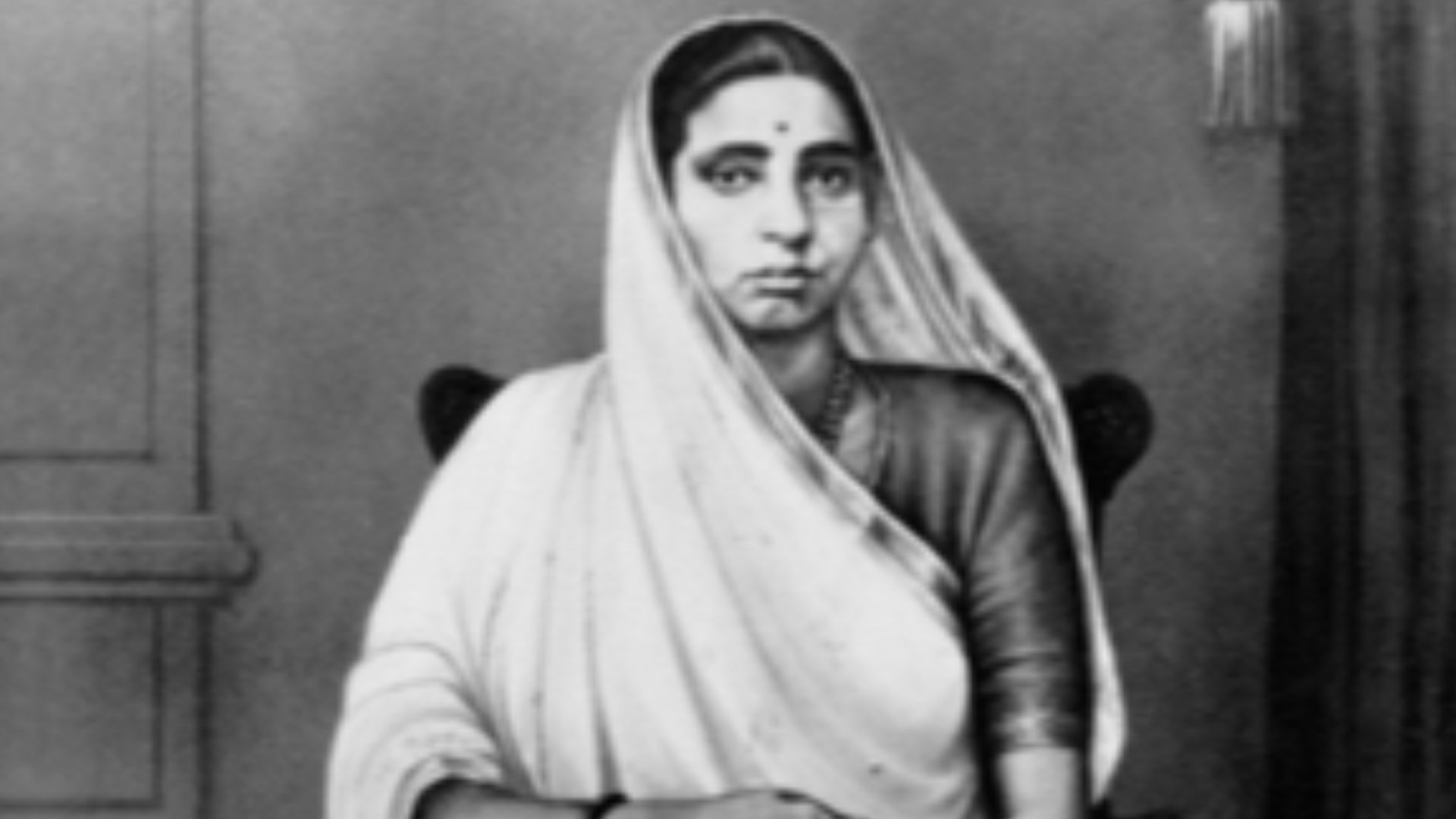 Unknown authorUnknown author, Wikimedia Commons
Unknown authorUnknown author, Wikimedia Commons
4. His Marriage Was Arranged
Gandhi married in May 1883. He was only 13 years old at the time. His wife, Kasturbai Gokuladas Kapadia was 14. This was an arranged marriage, which was extremely common for the region during this period. The wedding was a joint wedding that included the marriages of both his brother and his cousin. Gandhi was too young to understand the commitment he’d made.
5. He Was Too Young
Gandhi had no idea the significance of the vows that he had made during his wedding ceremony. He later recalled that neither he nor his wife truly understood the seriousness of the moment. “As we didn't know much about marriage, for us it meant only wearing new clothes, eating sweets and playing with relative”. Even still, this did not stop him from having natural feelings towards his young bride.
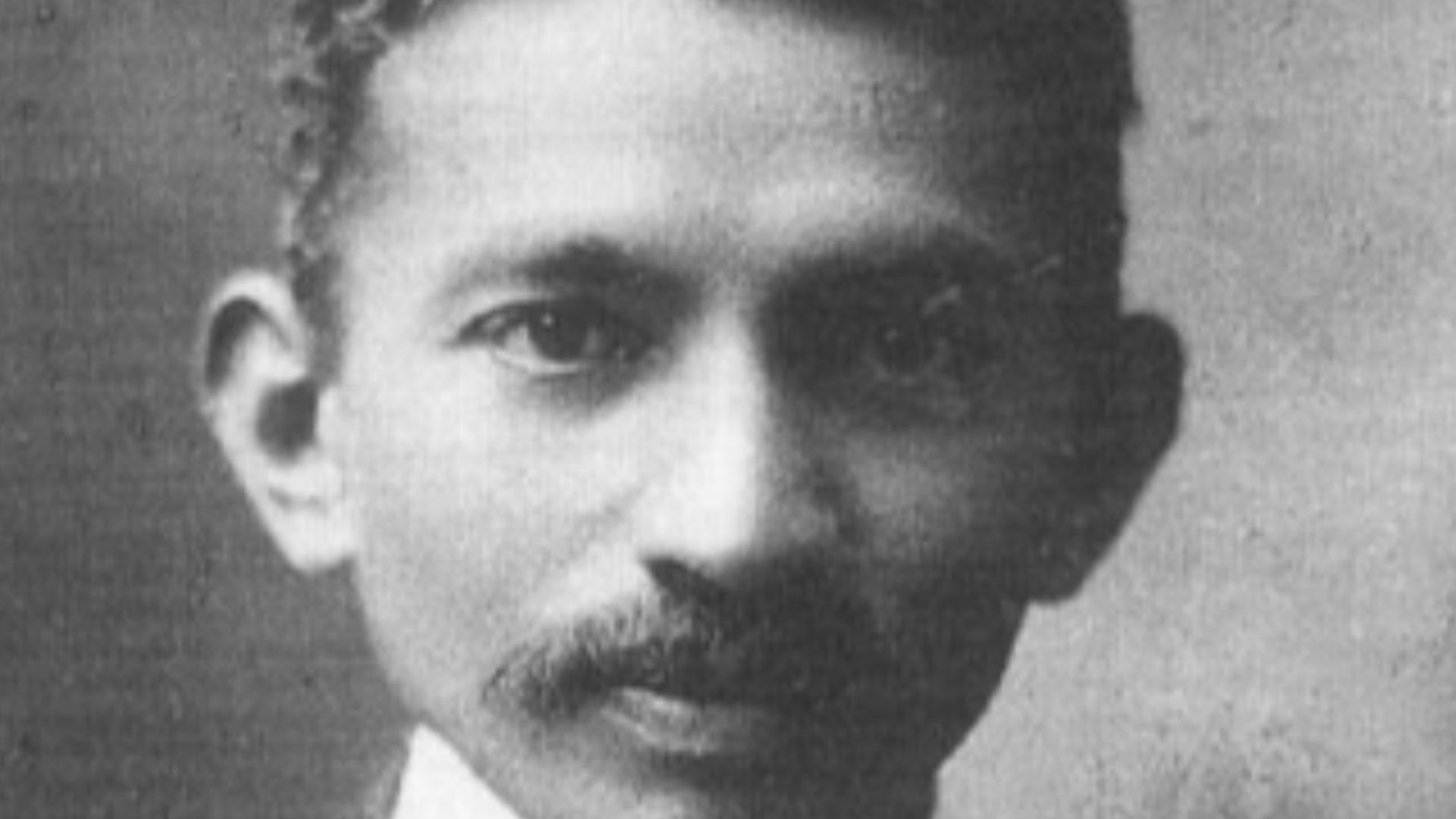 Unknown authorUnknown author, Wikimedia Commons
Unknown authorUnknown author, Wikimedia Commons
6. He Had Urges
Gandhi may not have understood how profound his marriage was at the time, but he was still a young man who had the same urges any other young man in the throws of puberty. Gandhi both recalled and regretted the way that he lusted after his wife during this period; he spent many hours thinking of being with her, and felt possessive of her, feeling jealous when she’d spend time with others. Unfortunately, it would lead to a mistake Gandhi would regret forever.
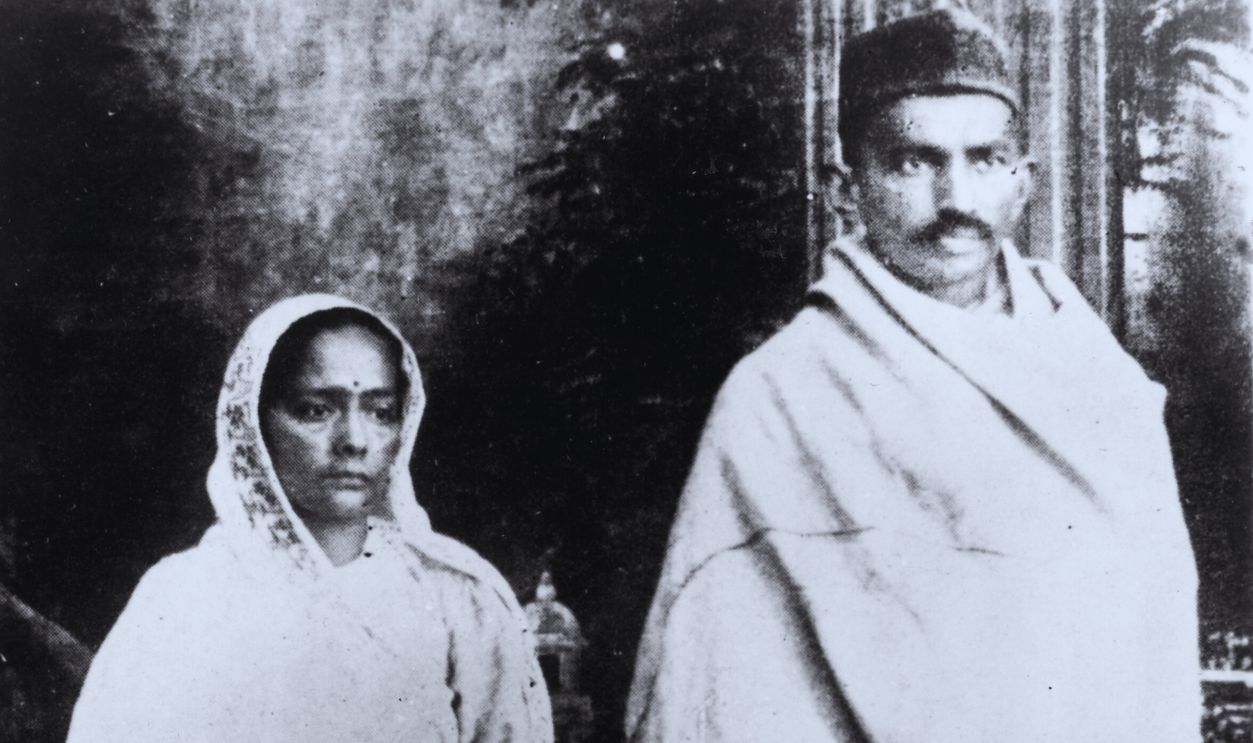 Topical Press Agency, Getty Images
Topical Press Agency, Getty Images
7. He Was Ashamed
Gandhi’s regret of his lust (which some would argue was natural during this period of a young man’s life) is likely rooted in the moment of his father’s passing. Only moments before Karamchand passed, Gandhi chose to leave his father’s side to be with his wife instead. Gandhi would go on to say about that moment, “If animal passion had not blinded me, I should have been spared the torture of separation from my father during his last moments”. Sadly, it would be a pain Gandhi would feel again.
 Universal History Archive, Getty Images
Universal History Archive, Getty Images
8. His Hope Was Lost
Gandhi was 16 years old when his wife, 17 years old, had their first child. This birth occurred not long after the passing of his father. It compounded the issues of Gandhi’s grief, for the child only survived a few days. Although the Gandhi’s would go on to have four children between 1888 and 1900, these two losses impacted Gandhi greatly at a pivotal moment in his life.

History's most fascinating stories and darkest secrets, delivered to your inbox daily.
9. He Wanted More
In November 1887, Gandhi graduated high school. He enrolled in college in January the next year. However, he dropped out shortly after to return to his family. At this point, a family friend convinced Gandhi that the next step in his journey should be law school in London. However, his mother, who Gandhi greatly respected, did not approve of the choice.
 Henry Guttmann Collection, Getty Images
Henry Guttmann Collection, Getty Images
10. He Made A Promise
Gandhi’s wife had given birth to their first surviving child in July 1888. Gandhi’s mother, presumably his wife, and his uncle did not believe that moving so far away from his young family was the correct choice. However, Gandhi wanted to go. He vowed to his mother that he’d avoid meat, drink, and women. It was enough to gain the support and blessing of his mother; others, however, did not agree.
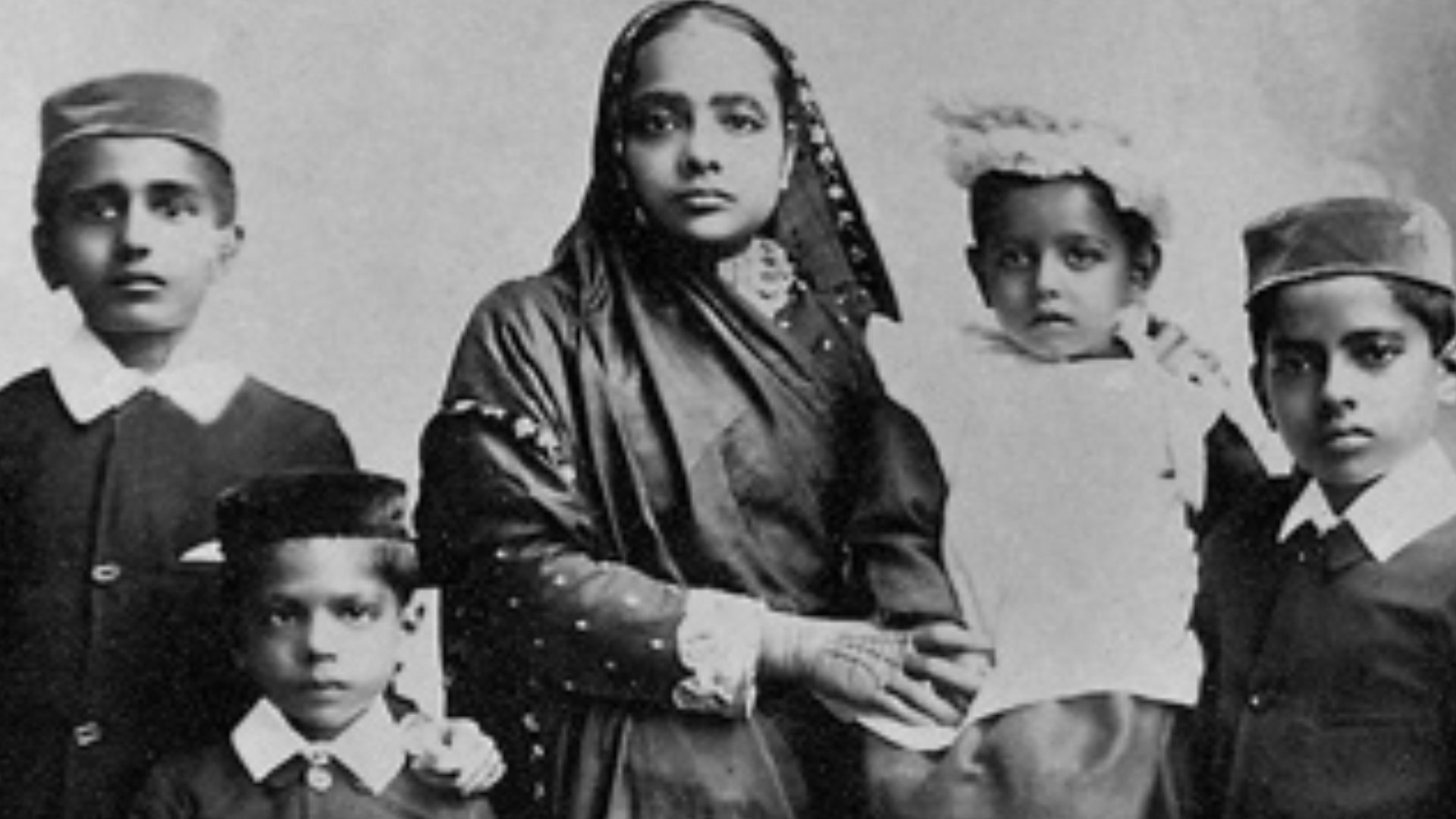 Unknown authorUnknown author, Wikimedia Commons
Unknown authorUnknown author, Wikimedia Commons
11. He Was Outcasted
Gandhi’s mother was not the only one concerned about Gandhi’s departure for London. When he arrived in Bombay (present-day Mumbai) to connect with a ship to London, he was met with disapproval from the Modh Banias there. The local elders he stayed with warned him that he’d lose his way in London, and when Gandhi refused to change his plans, they excommunicated him. Still, he boarded the ship and left for London.
 Mondadori Portfolio, Getty Images
Mondadori Portfolio, Getty Images
12. He Arrived In London
Arriving in London, Gandhi enrolled in the Inner Temple, beginning his studies to become a barrister. To overcome the shyness that had followed him since childhood, he joined a public speaking group. He also became invested in a trade dispute that occurred during this time. Witnessing this successful strike had a significant influence on the young Gandhi; it created the foundation of the man he became.
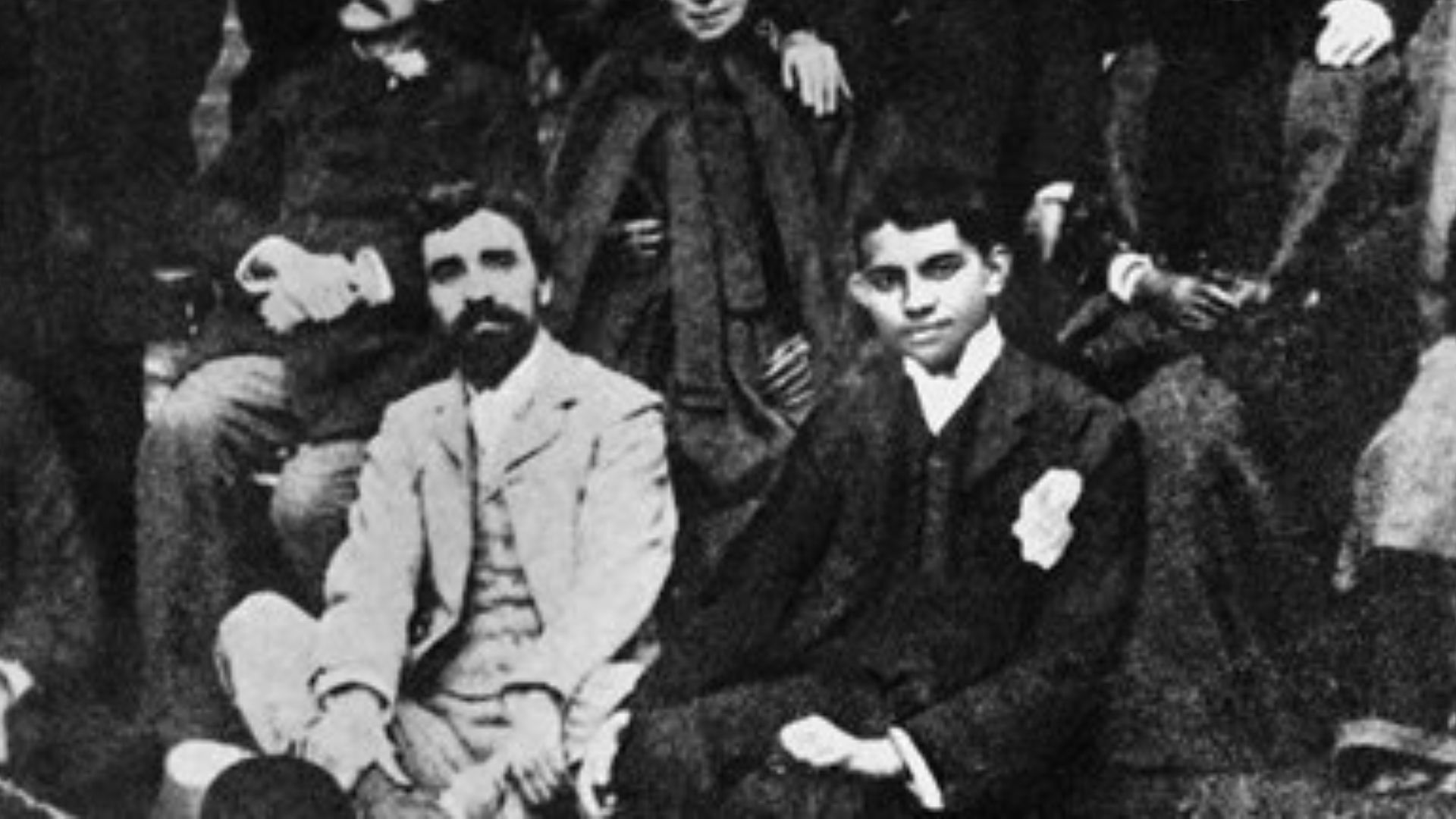 Unknown authorUnknown author, Wikimedia Commons
Unknown authorUnknown author, Wikimedia Commons
13. He Was Shy
It was also in London that Gandhi began to define his principles and his voice. During a dispute in the London Vegetarian Society, which Gandhi was a part of, Gandhi went against the president, Arnold Hills, in defense of Thomas Allinson, a member Hills wished to bar for having different views. It was a start on his journey. However, Gandhi’s shyness continued to get in the way.
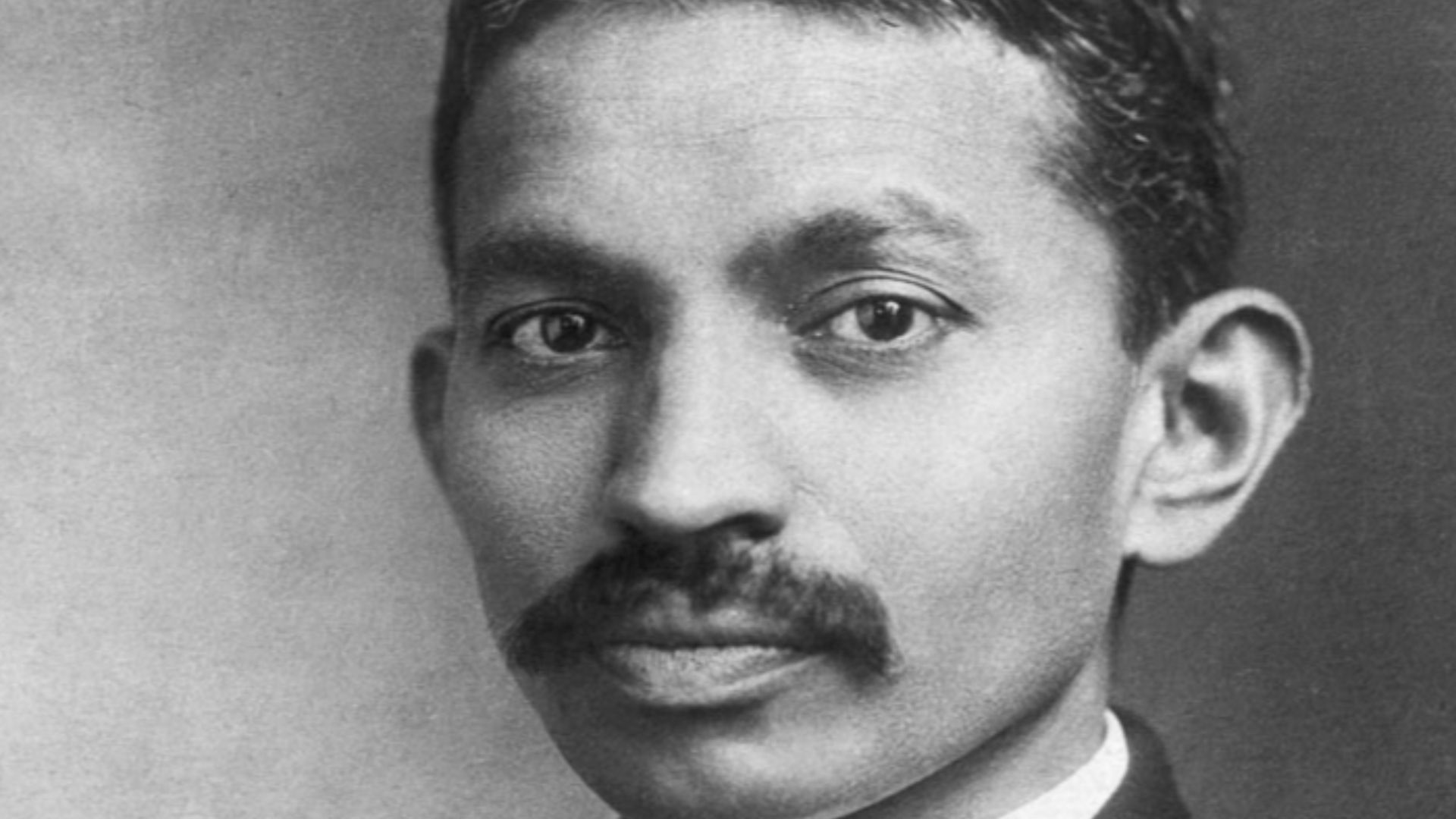 Unknown authorUnknown author, Wikimedia Commons
Unknown authorUnknown author, Wikimedia Commons
14. He Challenged Authority
Although Gandhi felt that Hills was wrong for attempting to bar Allinson because he disagreed with Hills views on birth control (which had little to do with vegetarianism), and was willing to stand with Allinson, he was still too shy to voice his thoughts. Instead, Gandhi wrote his arguments down and another member read them. They and Allinson would lose, but this was the first brick in Gandhi’s road to discovering his voice.
15. He Struggled In Law
By the age of 22, Gandhi had been “called to the bar” and returned to India as a qualified barrister. However, the dredges of his shyness got the better of him. He was incapable of cross-examining witnesses; it stopped him from being able to create a law practice in Bombay. His career stalled—that is, until he got an offer he couldn’t refuse.
16. He Made A Change
A little less than a year later, Dada Abdullah contacted Gandhi with an offer. A successful merchant in South Africa, Abdullah had a distant relative who needed a lawyer of Kathiawari heritage. In return, they offered Gandhi the equivalent of about $4,143 in modern money. April 1893 saw Gandhi sail to South Africa—where his life would never be the same.
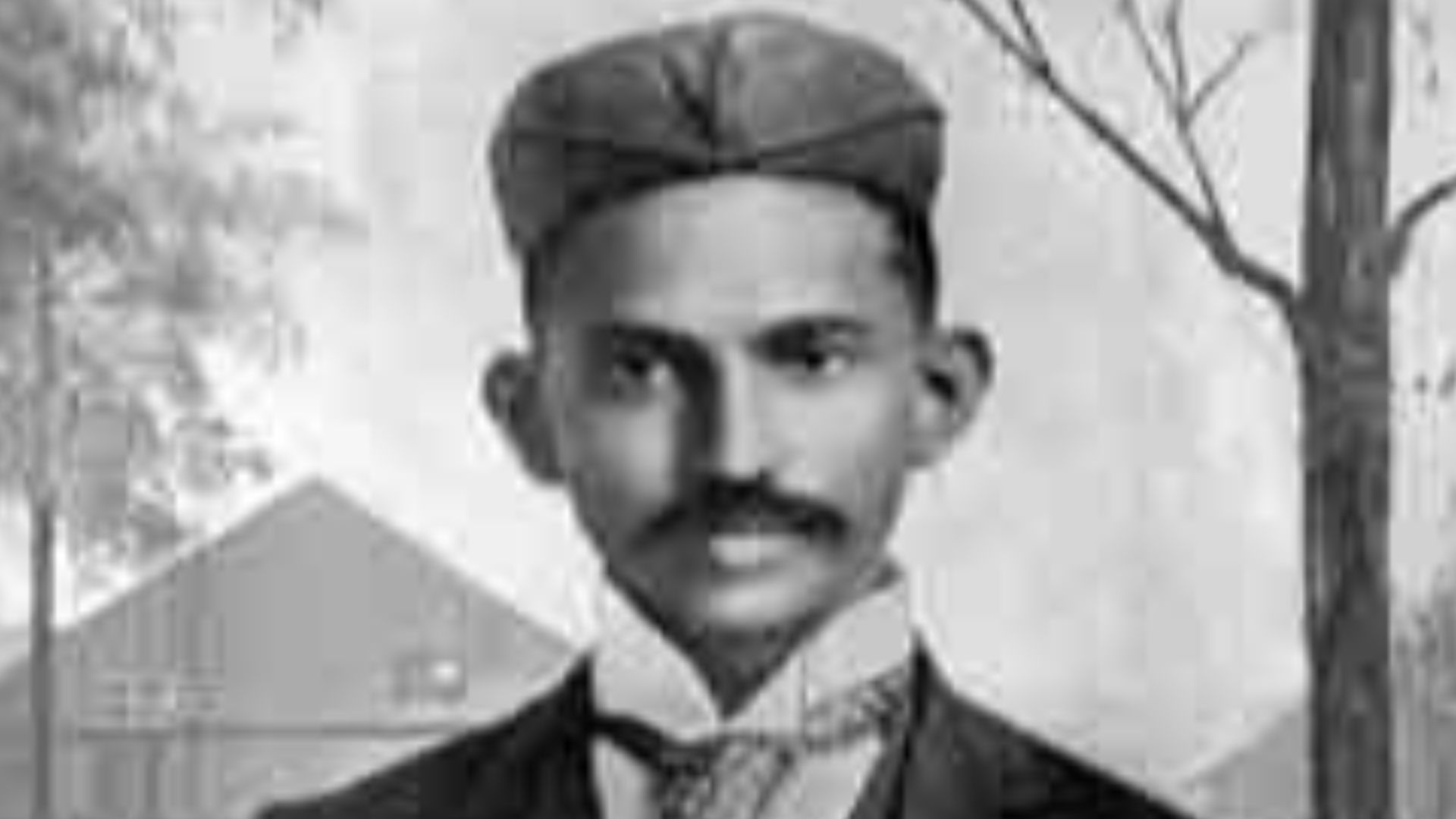 Unknown authorUnknown author, Wikimedia Commons
Unknown authorUnknown author, Wikimedia Commons
17. He Identified As Briton
During this period both South Africa and India were part of the British empire, which made Gandhi’s British law degree valid in both locations. Gandhi saw himself as a “Briton” first and an Indian second. Unfortunately, that was not how the whites of South Africa saw Gandhi—and they made their prejudice known immediately.
18. He Didn’t Belong
Gandhi had barely set foot in South Africa before he faced discrimination. They forced him to sit on the floor near the driver in a stagecoach while the European passengers rode with respect. They beat him when he refused. They shoved him in a gutter, and ordered him to remove his turban. They threw him off the train for not leaving first class—this last one tested him the most.
 Universal History Archive, Getty Images
Universal History Archive, Getty Images
19. He Faced A Choice
Following his unceremonious removal from the train he’d intended to travel on, Gandhi found himself at a turning point in his life. Trapped in the train station all night, shivering with cold, Gandhi had two choices: return to India or fight for his rights. Gandhi chose to fight, not just for his rights but for those like him.
20. He Chose To Fight
While Gandhi eventually fought for the rights of both Indians and Africans within South Africa, gaining the support and respect of fellow freedom fighter Nelson Mandela, it is important to note that was not always the case. During the early days, Gandhi’s chosen rhetoric strongly suggests that he shared the prejudices held against the Africans.
21. He Wasn’t Perfect
As already stated, Gandhi saw himself as a Briton first, and then Indian. In the early days, his offense at how he was being treated did not seem to be on the principle that no man should treat another in such a way, but rather that the white men should treat Indians as equals, not the Africans.
 Universal History Archive, Getty Images
Universal History Archive, Getty Images
22. He Contributed To Stereotypes
He would eventually go on to support the fight for Africans in South Africa as well and speak out against racism as a whole. However, in the early days, Gandhi argued that the whites of South Africa were “degrading the Indian to the level of a raw [derogatory term for Black]”. He used terminology that would go on to be quite charged in the future.
 Universal History Archive, Getty Images
Universal History Archive, Getty Images
23. He Repeated Prejudices
One of the early fights that Gandhi took up while in South Africa was for the rights of Indians to vote. At one point, Ghandi used problematic race theory in his defense, claiming that Indians are from the same “stock” as Anglo-Saxons, and therefore they should not group them with the Africans. Fortunately, he would not stay in this mindset forever.
 Universal History Archive, Getty Images
Universal History Archive, Getty Images
24. He Was Too Young
Although Gandhi had already done much with his life by this point, it is important to remember that in 1895, when he was using this rhetoric, Gandhi was only 24 years old. It would take many years for him to grow into the man that he became, and he would take on many other battles that helped evolve his viewpoint. Gandhi was barely started when it came to becoming the man he was meant to be.
 ullstein bild Dtl., Getty Images
ullstein bild Dtl., Getty Images
25. He Developed Organizations
While Gandhi was in India, he formed the Natal Indian Congress. It was through this group that Gandhi took his first steps in getting involved with politics. Gandhi did much of his protesting and fighting for rights in India through the means of the Natal Indian Congress; their biggest focus was on the right to vote. It would be some years before they argued that right was one for all.
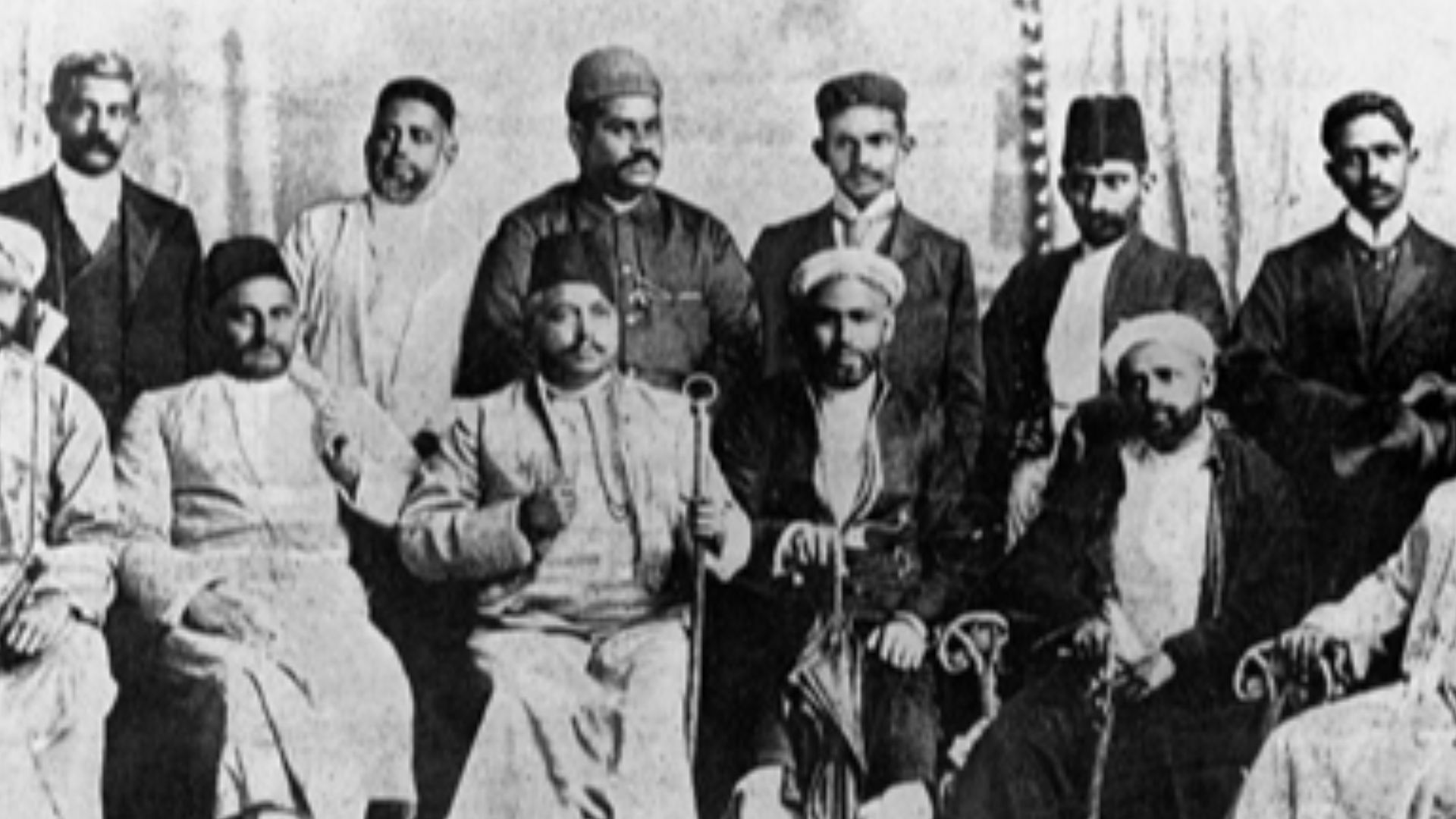 Unknown authorUnknown author, Wikimedia Commons
Unknown authorUnknown author, Wikimedia Commons
26. He Began To Write
To further the Indian cause within South Africa, Gandhi created the Indian Opinion in 1903. This was a political journal that spoke of Indian news, both in South Africa and India. They published it in four languages and filled it with Gandhi’s work, though they rarely carried a byline declaring as such. Gandhi could express himself easily in writing, but it would still be some years before he could do the same verbally.
27. His Views Changed
It wasn’t until 1910 that Indian Opinion began creating pieces that highlighted the discrimination that the Africans faced as well. At this point in his journey, Gandhi began to show a greater awareness of rights, stating the Africans “alone are the original inhabitants of the land. … The whites, on the other hand, have occupied the land forcibly and appropriated it for themselves”. Slowly, Gandhi was becoming the man history remembers him to be.
28. He Made A Retreat
The last significant thing that Gandhi did in South Africa was create a community with his friend Hermann Kallenbach. Kallenbach was a Jewish man who’d been born in Lithuania. Gandhi formed a powerful friendship, one that led Gandhi to call Kallenbach his “soulmate”. Kallenbach would have a lasting impact on Gandhi, for it was during their time together in their community that Gandhi began to form his famous policies on peaceful resistance. A policy that would quickly be tested in India.
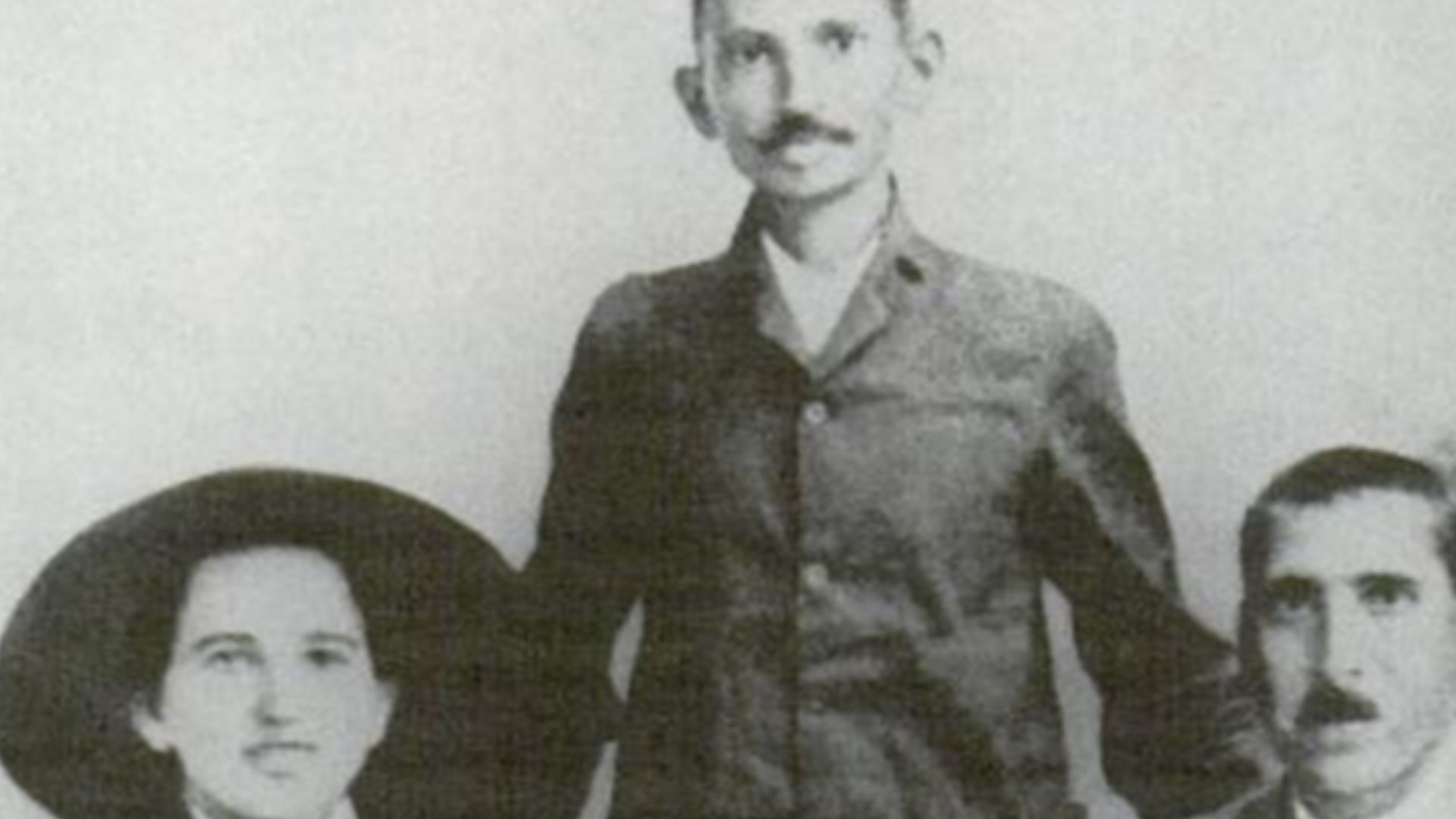 Unknown page 146 taken in 1913 (South Africa has 50 year rule), Wikimedia Commons
Unknown page 146 taken in 1913 (South Africa has 50 year rule), Wikimedia Commons
29. He Was Called Home
Gandhi was doing good work in South Africa. It appeared that he had finally found his footing and his voice; that likely was why Gopal Krishna Gokhale called him back to India. Gokhale was a key member of the Indian National Congress, and also someone Gandhi viewed as a mentor. Gokhale passed not long after Gandhi returned to India in 1915. However, Gandhi would continue his fight for India’s right to an independent government.
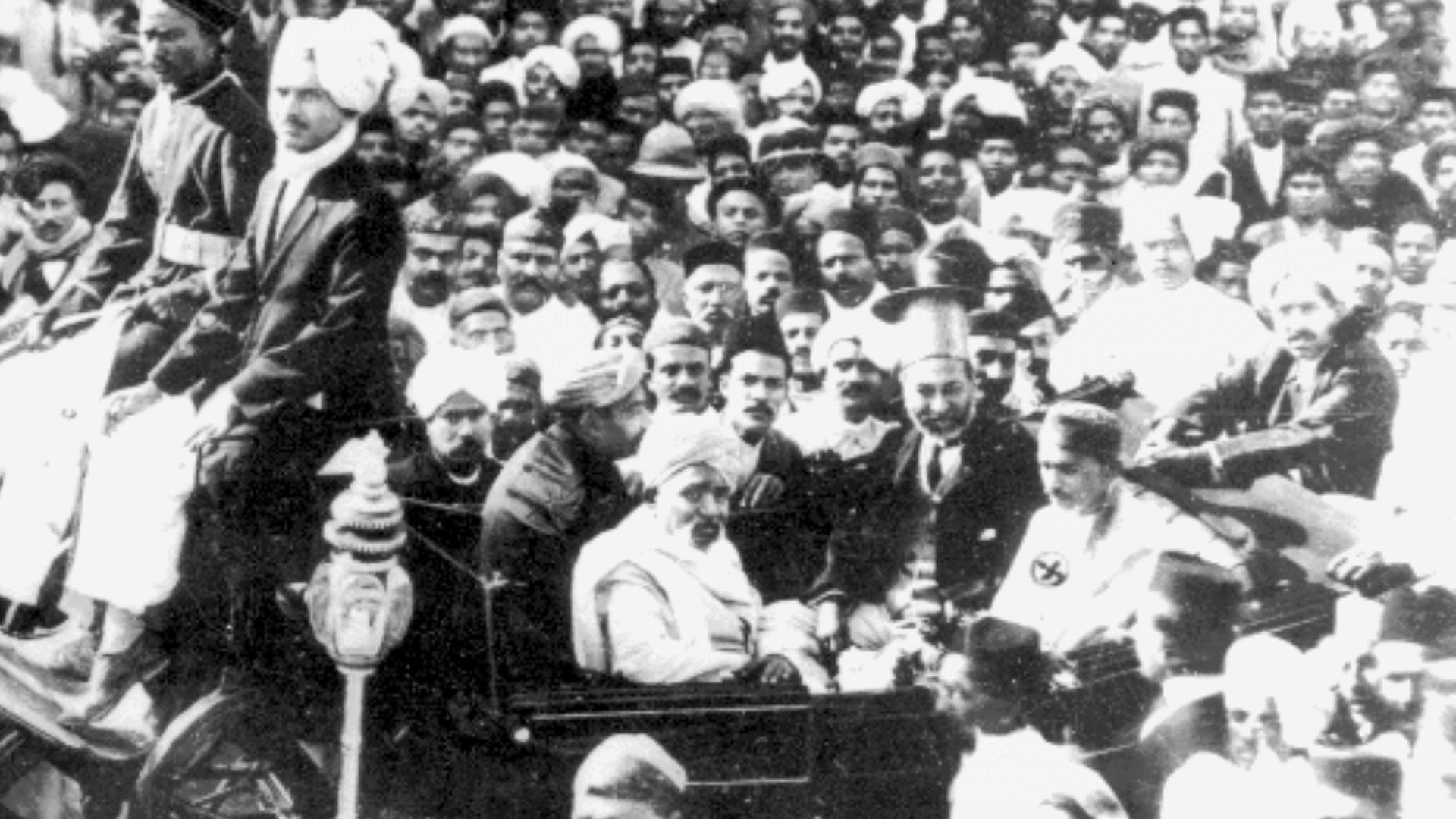 Unknown authorUnknown author, Wikimedia Commons
Unknown authorUnknown author, Wikimedia Commons
30. He Saw Success
In 1917, Gandhi first saw success with his peaceful approach to protest. In the Indian state of Bihar, the peasantry was rebelling against their plantation owners, most of whom were Anglo-Indian; they appealed to Gandhi for help, which they saw. His non-violent approach surprised the ruling administration, and they won concessions in their protest. Though beyond India, a conflict raged on.
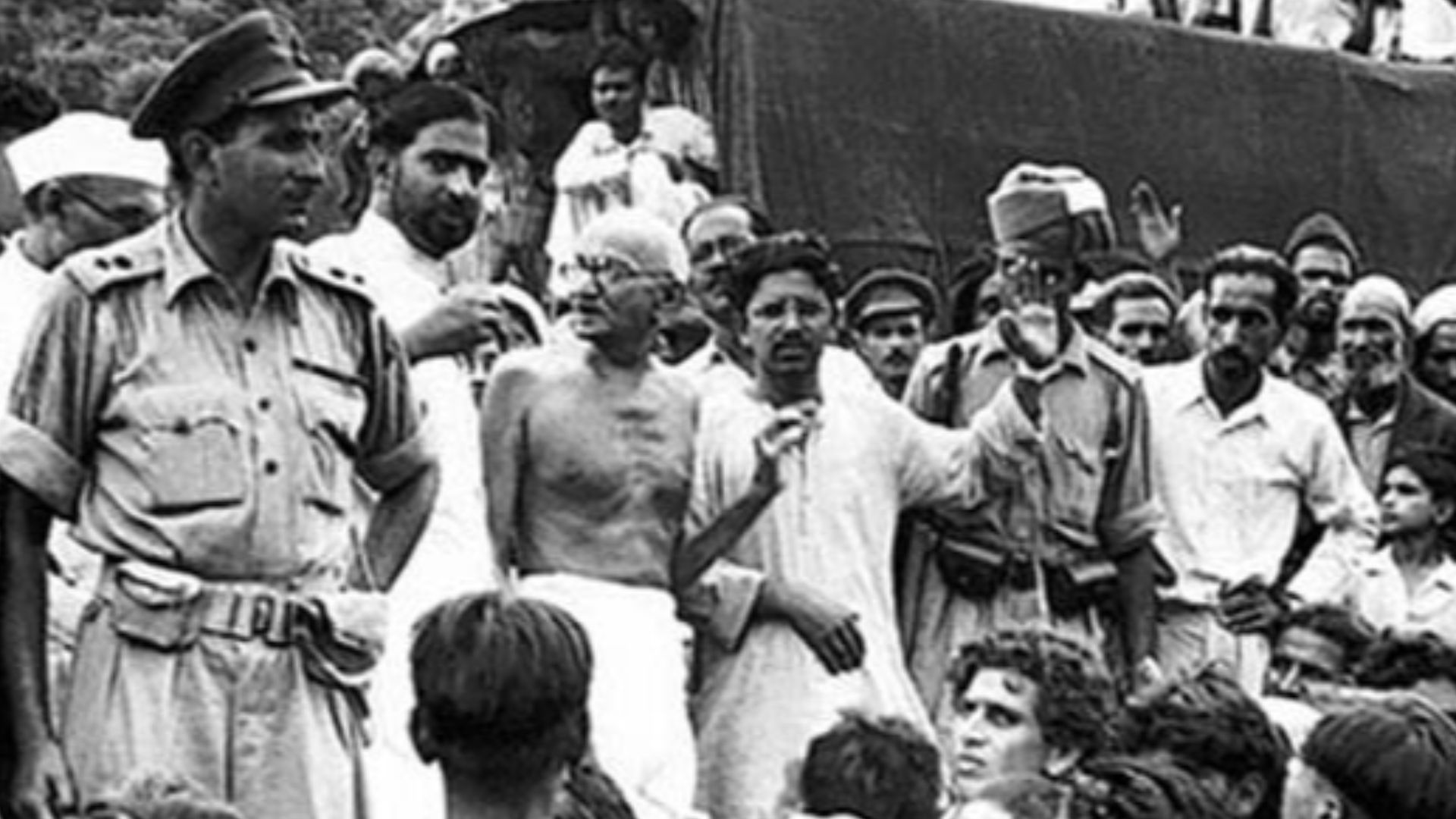 Unknown authorUnknown author, Wikimedia Commons
Unknown authorUnknown author, Wikimedia Commons
31. He Argued For Conflict
Despite being famous for his stance on non-violence, something that Gandhi preached even during this period, he attempted to recruit other Indians to take up arms during WWI. Although Gandhi ultimately failed, stating that he could not convince anyone to join as they feared losing their lives, he did campaign for it. Many viewed this as a direct contradiction of his nonviolent approach to life. However, Gandhi had a different stance.
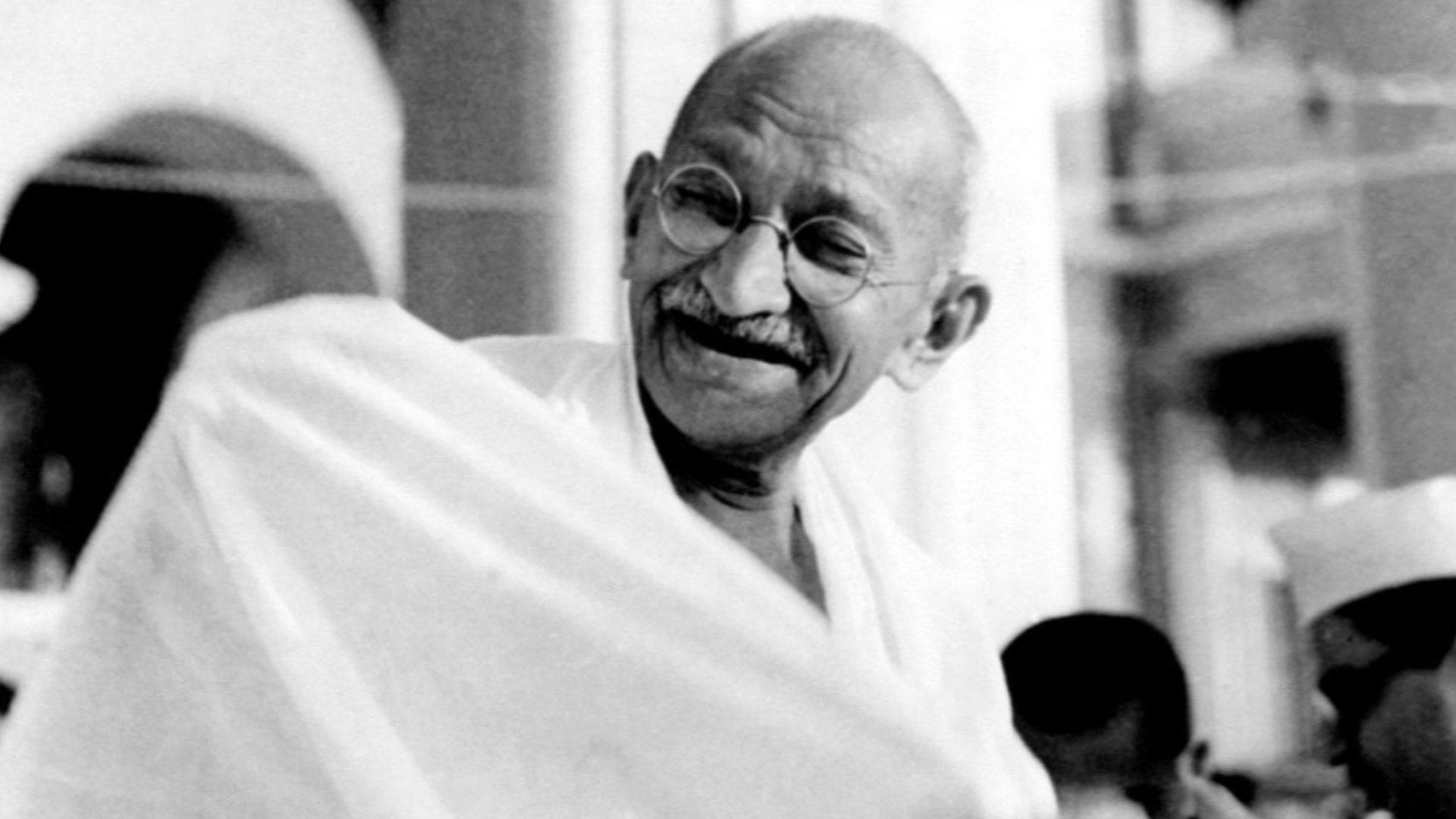 Unknown authorUnknown author, Wikimedia Commons
Unknown authorUnknown author, Wikimedia Commons
32. He Chose Peace
Gandhi campaigned for his fellow Indians to join forces during WWI because he believed that it was necessary to create peace. His peaceful stance hinged on the fact that anyone who followed it chose to be nonviolent, meaning they had to have the option in the first place. It was a philosophy that stood to reason. However, it was strange for Gandhi, a vocal independent, to speak on behalf of the British.
33. He Was Betrayed
Gandhi had given his support to the British government during WWI because they had promised to provide something in return. They had promised to help with Indian self government, should Gandhi help provide support for WWI. Unfortunately, this disappointed Gandhi. They offered only minor reforms—and Gandhi did not take this betrayal quietly.
 Francis M. R. Hudson, Getty Images
Francis M. R. Hudson, Getty Images
34. He Spoke Out
In response to this disappointment, Gandhi announced his intentions towards civil disobedience. He focused this on supporting the Ottoman Empire, which The Allies defeated during WWI. This was an effort to seek a relationship between Muslims and Hindus, in order to fight against British Imperialism. It was a bold stance to take during this period.
35. He Brought Groups Together
Before Gandhi began this initiative, tensions between Hindu and Muslim communities within India were high. Riots were common. This likely benefited the British ruling class, for so long as they were fighting amongst themselves, they were not fighting against Britain. They were certainly displeased with Gandhi’s pointed acts against them, though.
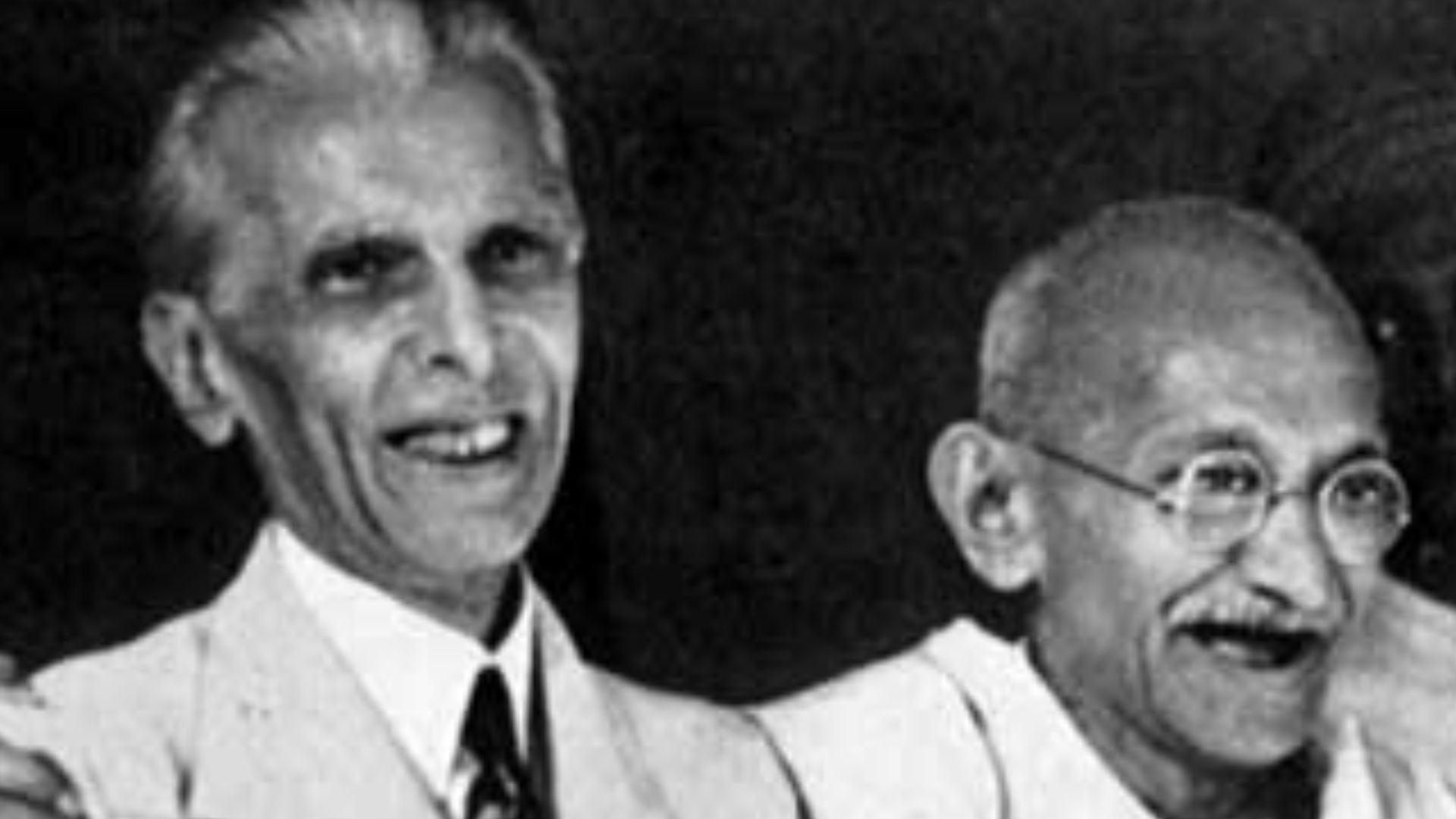 Unknown authorUnknown author, Wikimedia Commons
Unknown authorUnknown author, Wikimedia Commons
36. He Inspired Retaliation
The British did not take Gandhi’s attempt to bring these two groups together against them quietly. In response to Gandhi’s action, they passed the Rowlatt Act. This act allowed the ruling government to treat anyone who exhibited civil disobedience as a criminal. They could arrest anyone for “preventive indefinite detention, incarceration without judicial review or any need for a trial”. Tensions were mounting—and things were about to get so much worse.
37. He Blamed India
Initially, Gandhi saw some success with his movement. He gained more Muslim followers, and conflict between the two groups ceased for a period. However, it would not last. He had been stating that Indians had cooperated in British rule since 1909. He argued that Indians needed to refuse to cooperate to dismantle their control; the passing of the Rowlatt Act sparked wide protest and the development of Gandhi’s “non-cooperation” movement.
38. He Called For Peaceful Protests
Gandhi warned the British government that passing the Rowlett Act would incite civil disobedience, not stop it; they passed it anyway, and the people began to protest, following Gandhi’s belief in peaceful protests. In March 1919, British officers responded to their peaceful protest with force; they open fired on a gathering of unarmed people, peacefully protesting in Delhi. Things only unraveled from there.
39. He Spoke Against Riots
The people responded to this open aggression from the British with riots. A week later, on April 6, 1919, Gandhi spoke out once again, reminding the crowds to embrace peace. Instead of injuring or ending British lives, he encouraged them to boycott British goods and burn their British clothes. The British government feared Gandhi’s influence and took measures to contain him.
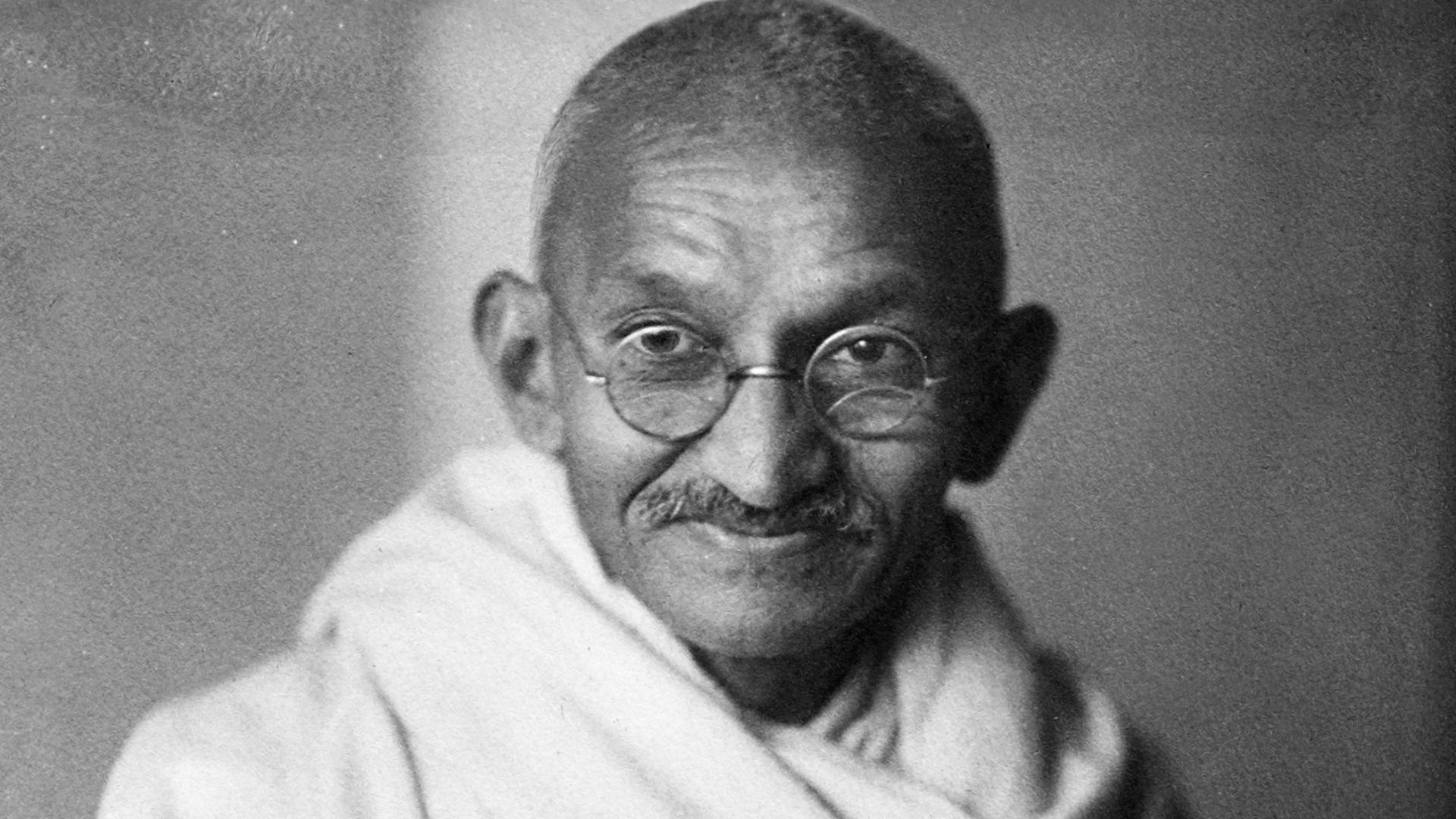 Elliott & Fry, Wikimedia Commons
Elliott & Fry, Wikimedia Commons
40. He Disregarded Warnings
The powers that be warned Gandhi not to enter Delhi; he disregarded this order, and they detained him as a result on April 9. However, that did little to stop the protests. Four days later, there was a gathering in Amritsar Park, including women and children. Reginald Dyer, a British Officer, had them surrounded and ordered his men to fire. The resulting horror inflamed the people further.
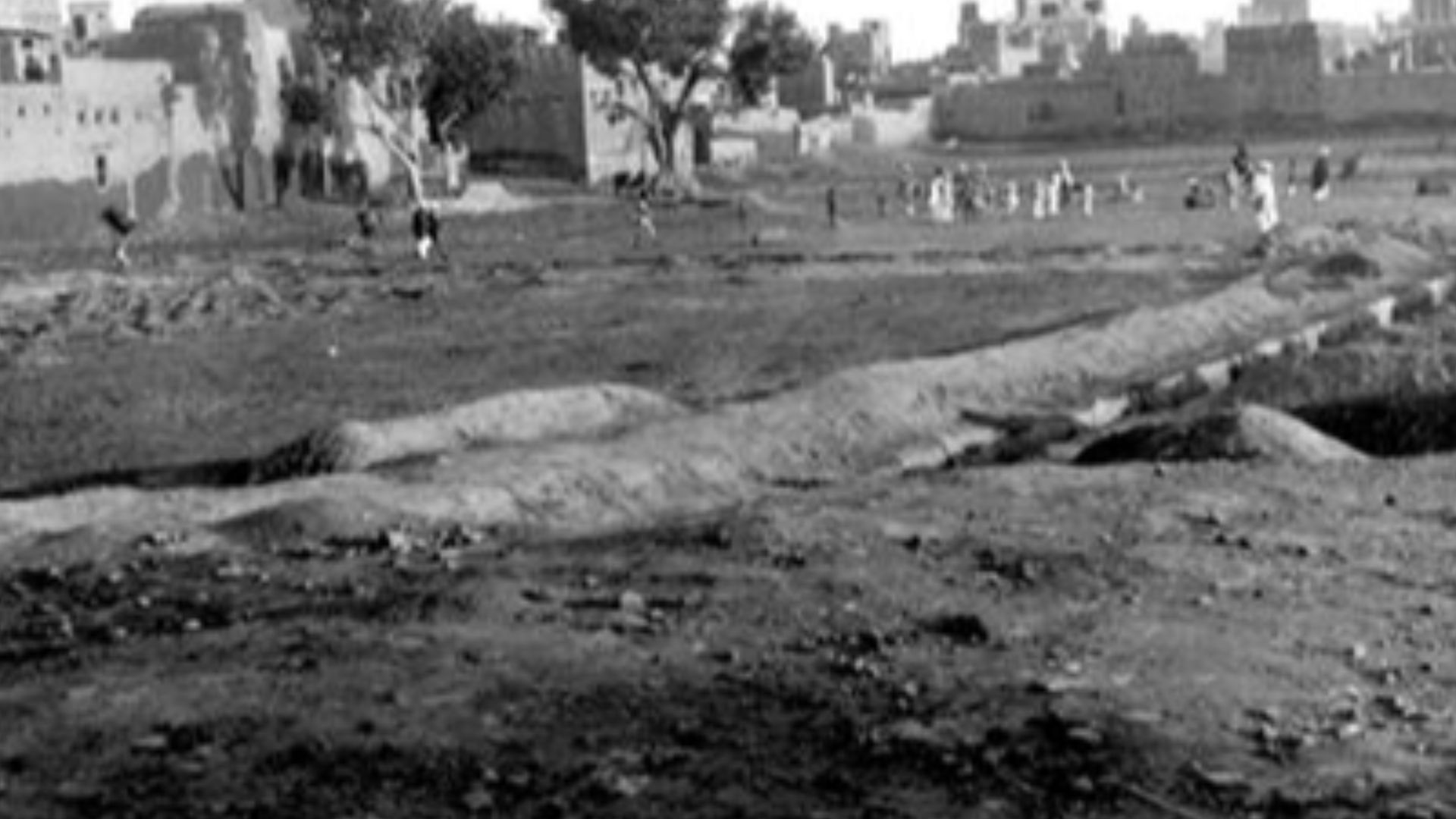 Hermitage17, Wikimedia Commons
Hermitage17, Wikimedia Commons
41. He Criticized His People
People across India were rightfully enraged by the unnecessary loss of life. Britons, however, supported it (to some degree) as some viewed it as necessary. Gandhi chose not to criticize the British but instead his fellow Indians. He again repeated that peace and love, not hate, was the only way that they were going to succeed. He began fasting, insisting on doing so until he achieved peace, to pressure his fellow Indians to stop rioting.
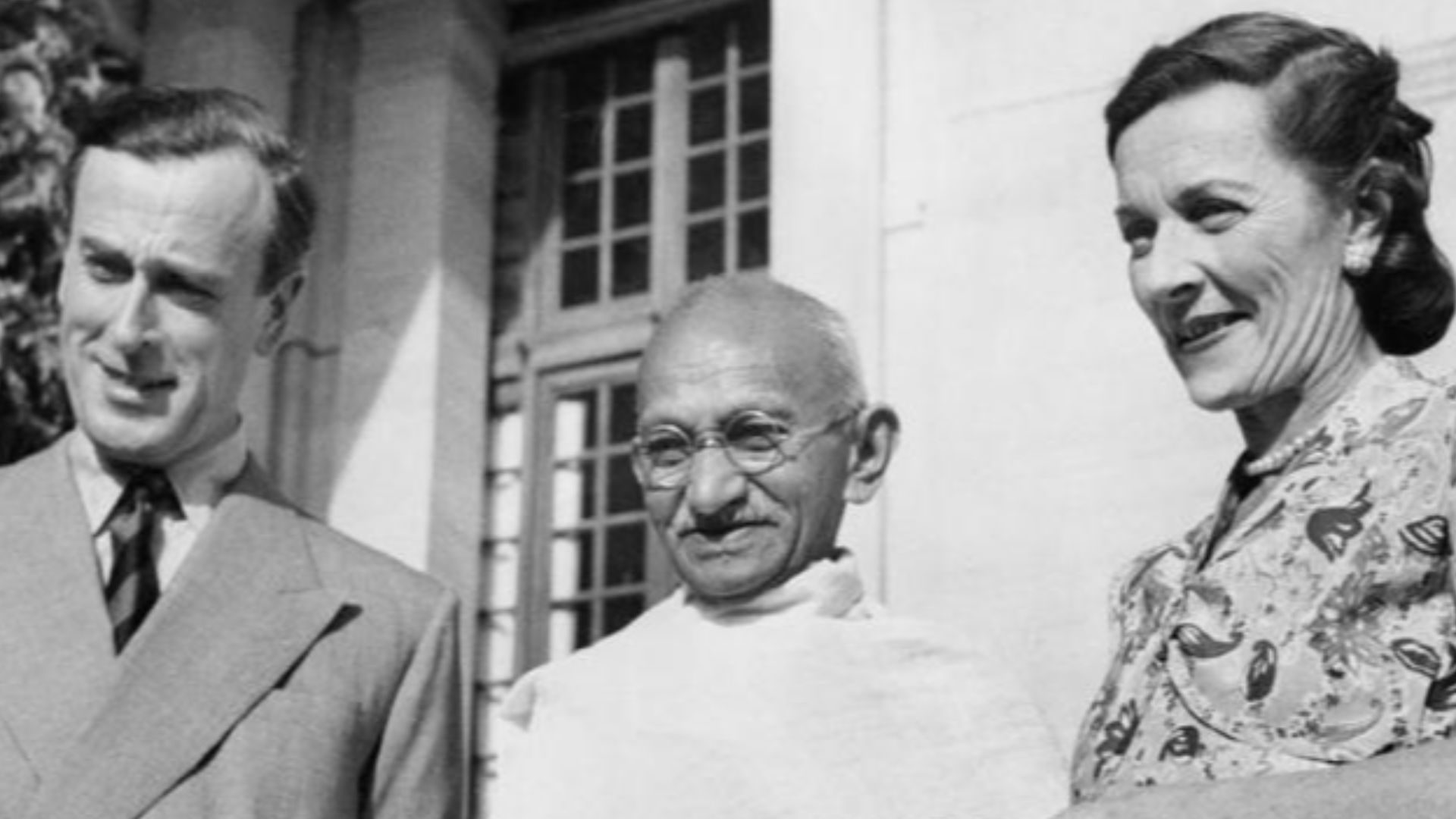 No 9 Army Film & Photographic Unit, Wikimedia Commons
No 9 Army Film & Photographic Unit, Wikimedia Commons
42. He Lost Faith
As of 1920, Gandhi was the leader of the Indian National Congress. This entire fiasco finally convinced Gandhi that they would not ever gain fair treatment from the British government, and therefore began backing full independence, rather than self-governance under British rule as he’d previously been willing to support. His movement of “non-cooperation” began to grow—though it depended on Gandhi.
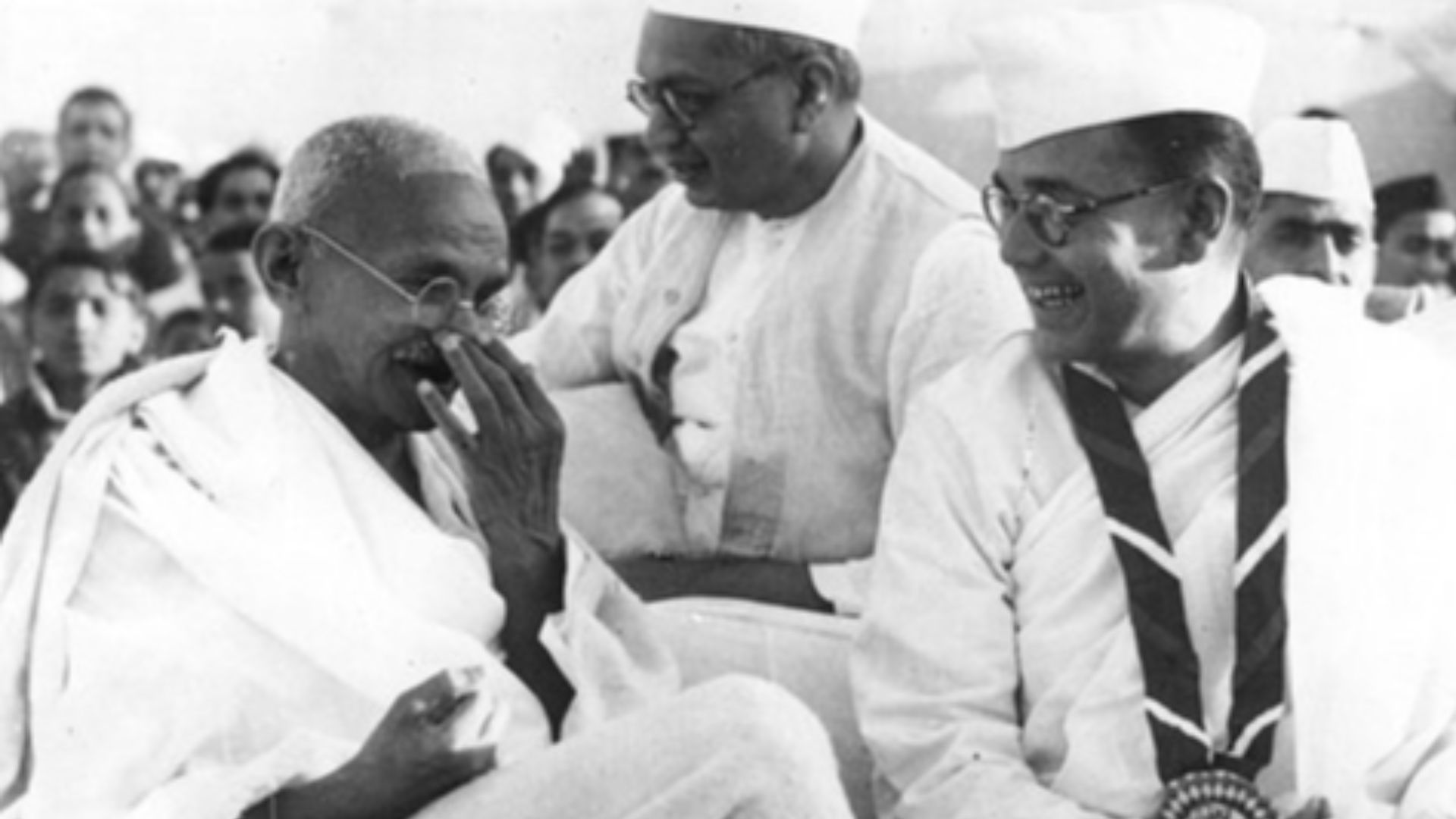 Unknown authorUnknown author, Wikimedia Commons
Unknown authorUnknown author, Wikimedia Commons
43. His Movement Fractured
The power of his non-cooperation movement began to put pressure on the British government. They made a move to undermine it. They detained Gandhi on March 10, 1922, and he began a six-year sentence eight days later. Without Gandhi to center the movement, it began to fall apart. The Indian National Congress split, and the Muslim cooperation Gandhi had gathered fell out. They released Gandhi only two years into his sentence, due to health complications. However, the fractures had already begun to appear.
44. He Started Again
Freed from imprisonment, Gandhi spared no time getting back to his fight. He gave the British government an ultimatum: free them from their rule, or face renewed protest. One of his most famous movements was his Salt March; in protest of salt taxes, Gandhi marched 241 miles (388 km) over 25 days, to make salt himself, and break the salt laws. Thousands of Indians joined him by the time they’d reached the Dharasana salt works.
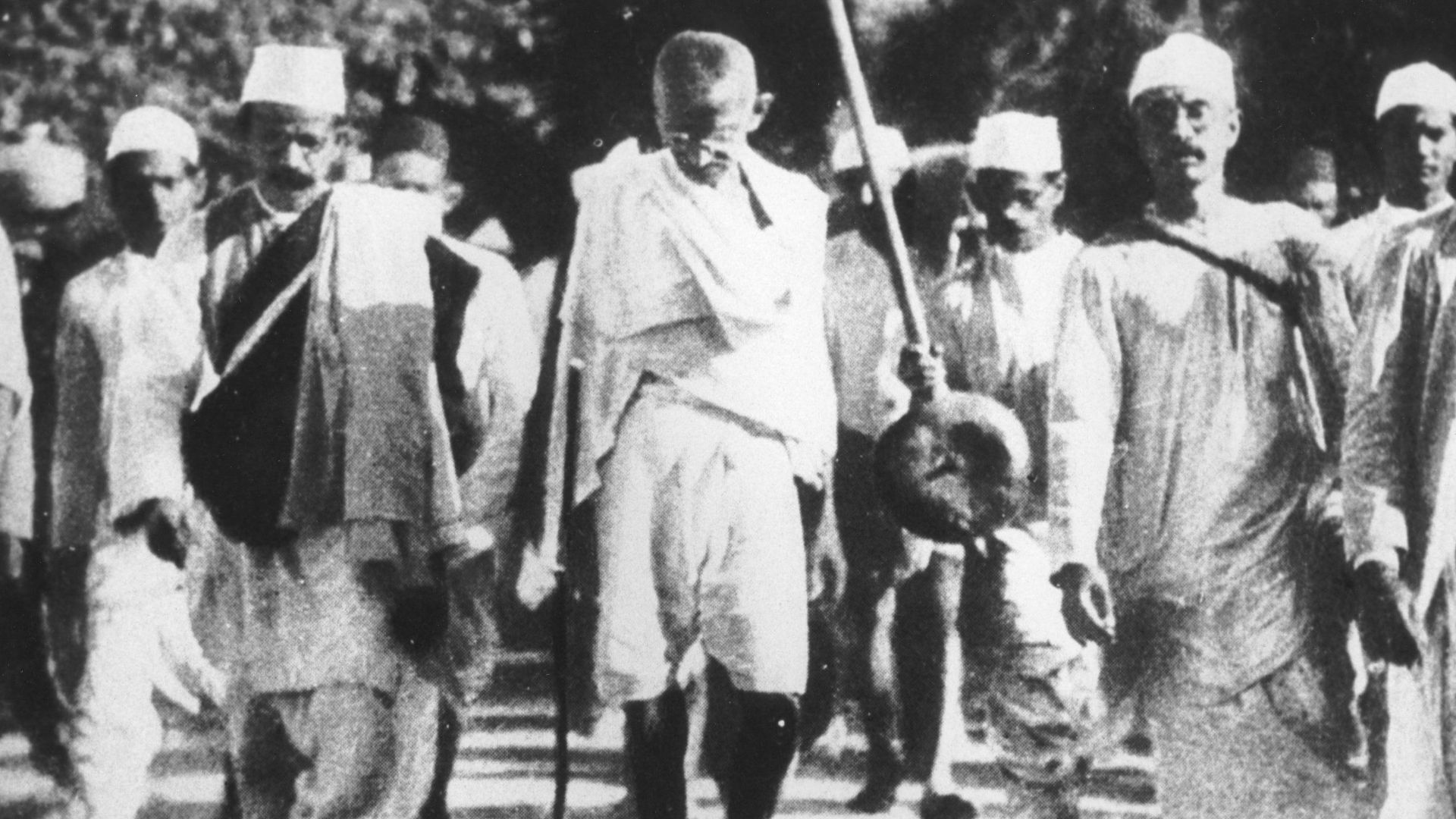 Yann (talk), Wikimedia Commons
Yann (talk), Wikimedia Commons
45. His Philosophy Worked
Gandhi was not present for the protest at the salt works. They detained him in early May under an 1827 regulation. His followers, however, went through with the protest. The British defending the stockade they’d placed up deflected the protesters with force, beating them heavily. Not a single protester raised an arm against them or in self defense. The horror of this movement was one of Gandhi’s most successful incidents of undermining British authority, and pushing towards his final goal of independence.
46. He Was Impossible To Ignore
Gandhi’s influence within India grew so great that it forced the British to bargain with him, though they continued to hold onto as much power as they could. No one in England despised Gandhi more than Winston Churchill. Churchill repeatedly defiled Gandhi’s name in the media; however, this may have gained Churchill's sympathy in England, but in Europe, it increased Gandhi’s support. The British needed to do something to save face.
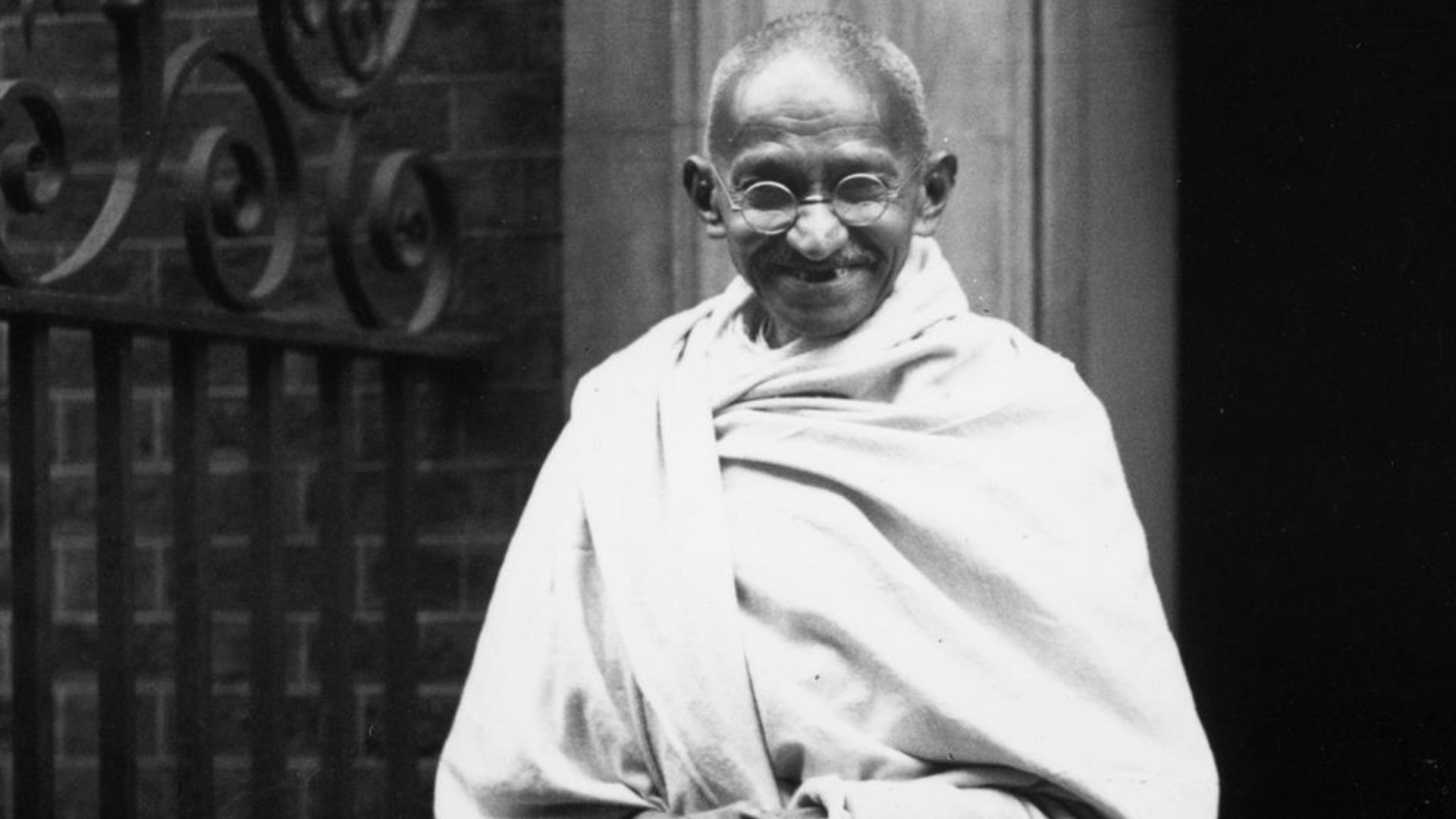 UnknownUnknown (see contradictory claims [1], [2]), Wikimedia Commons
UnknownUnknown (see contradictory claims [1], [2]), Wikimedia Commons
47. He Was Detained
Although Gandhi attended a series of “Round Table Talks” with the British in the early 30s, they did not amount to much. The British government were more interested in appearing to concede rather than actually giving Gandhi and India any concessions. It was upon his return from the Second Round table discussion, that they detained Gandhi again and he entered his second and more famous fast-unto-death protest that resulted in public outcry. By this point, millions beloved Gandhi.
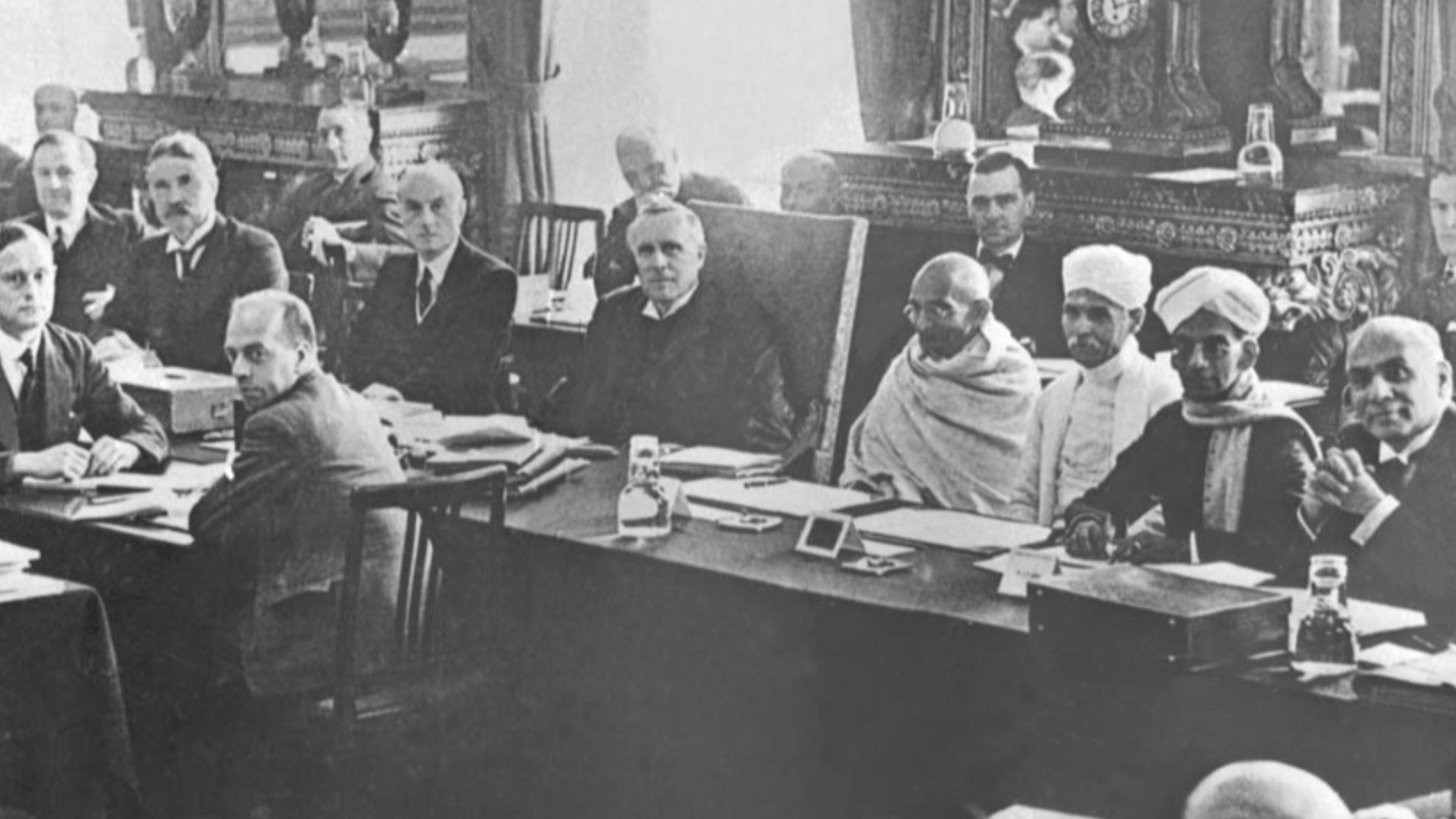 Unknown authorUnknown author, Wikimedia Commons
Unknown authorUnknown author, Wikimedia Commons
48. He Spurned The Conflict
In complete contradiction with his stance during WWI, Gandhi refused to have any part in WWII, encouraging other Indians to do the same. As a result, they detained him yet again, along with many other Congress leaders. While Gandhi’s fight for immediate peace failed and India played a significant part in WWII, with many volunteering to fight, he’d win at his long game. This movement played a significant role in enabling Indian independence in the future.
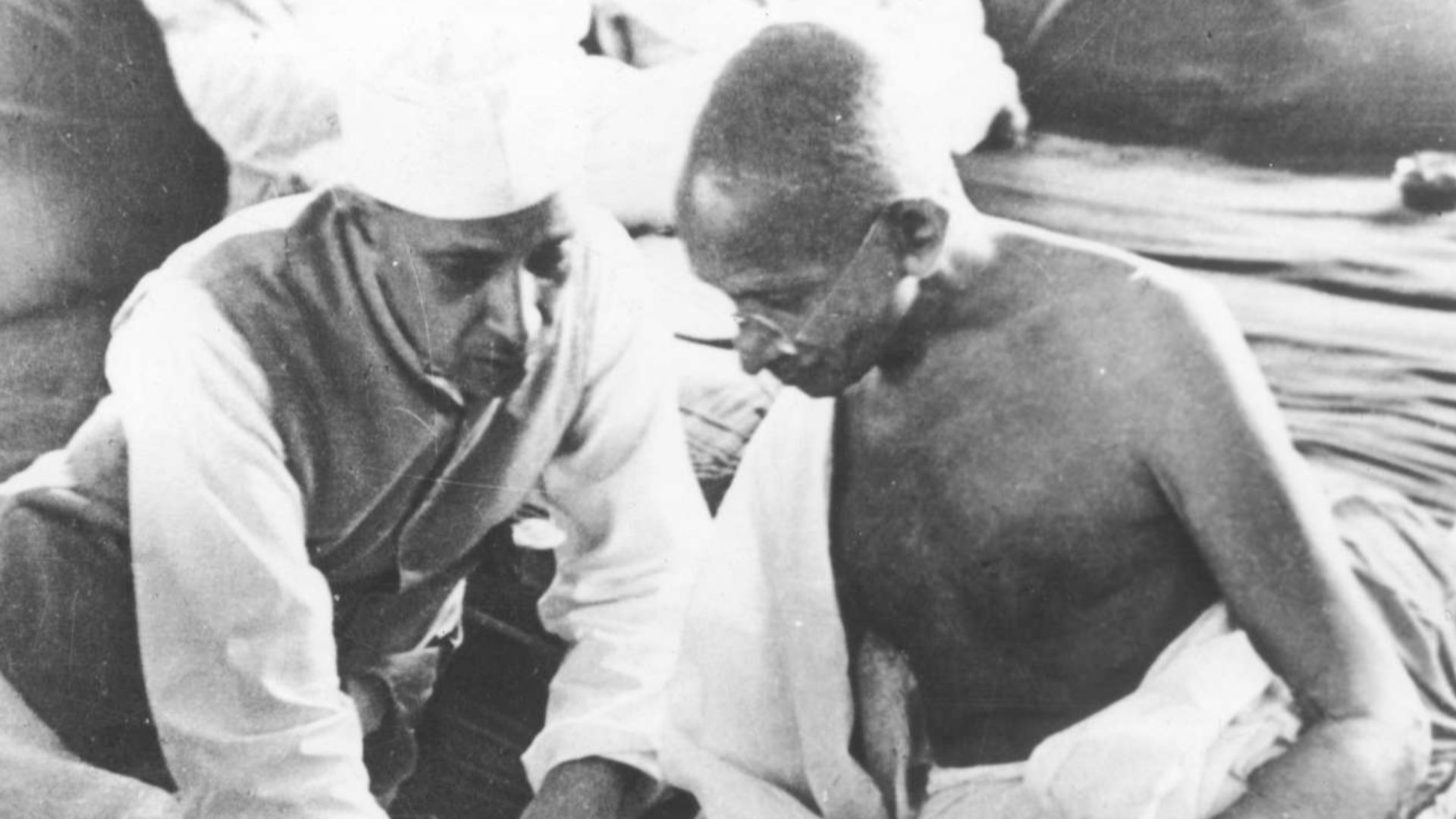 Unknown authorUnknown author, Wikimedia Commons
Unknown authorUnknown author, Wikimedia Commons
49. He Never Stopped Seeking Peace
Although Gandhi eventually got what he wanted—a freed India—it did not appear how he had hoped. Britain agreed to free India in the late 1940s. However, they also agreed to separate the land into India and Pakistan, the latter becoming a Muslim state. Gandhi participated in the negotiations for independence but never approved of the separation. It led to more violence, resulting in Gandhi spending their day of independence appealing for peace yet again. He would not repeat these appeals for long, though.
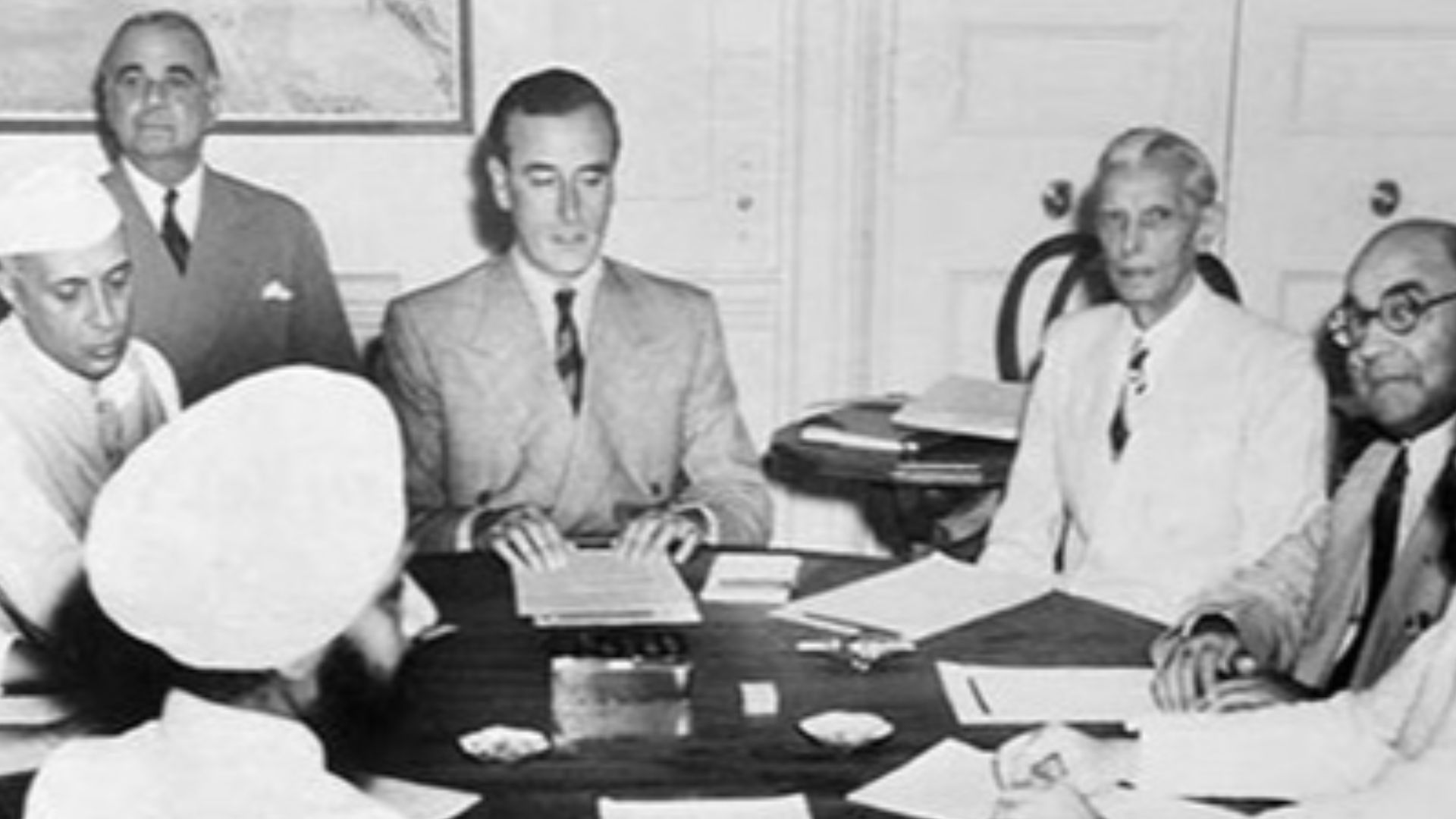 Unknown authorUnknown author, Wikimedia Commons
Unknown authorUnknown author, Wikimedia Commons
50. He Changed The World
Gandhi never got a chance to see how his fight for freedom worked out. Less than a year later, in January 1948 he was shot by Nathuram Godse, a Hindu nationalist. Authorities charged all men involved in his death, except for one, and the entire nation mourned his loss. Over a million people joined his funeral procession. Despite how history remembers him, Gandhi was just a man. He had his flaws as well as his virtues. However, he changed the world forever, and for that, he is remembered for his passion for the rights of his people.
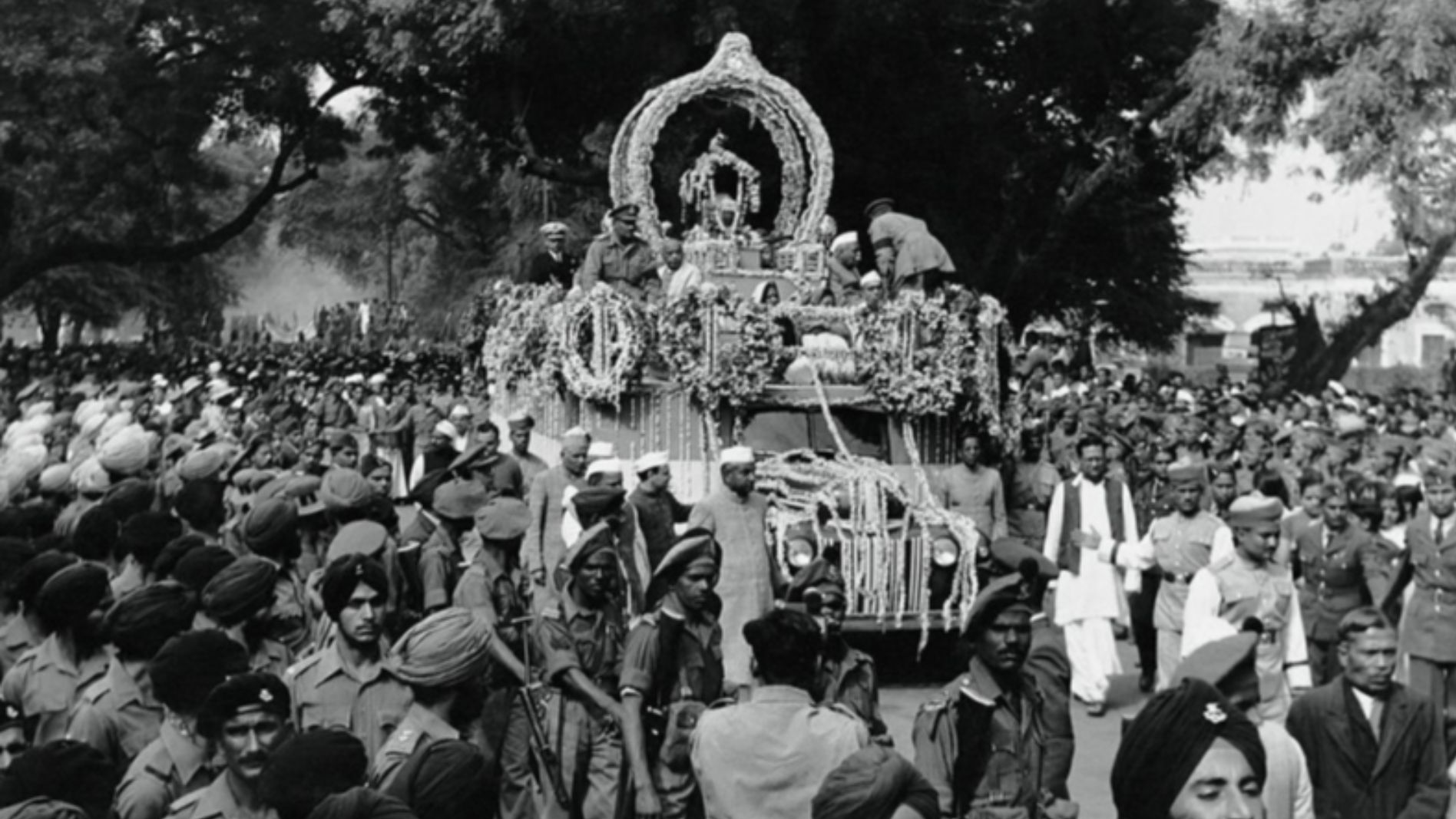 Homai Vyarawalla, Wikimedia Commons
Homai Vyarawalla, Wikimedia Commons
You May Also Like:
Revolutionary Facts About Martin Luther King Jr.
The Most Controversial Protests in Sports History
Liberating Facts About Harriet Tubman, The American Emancipator

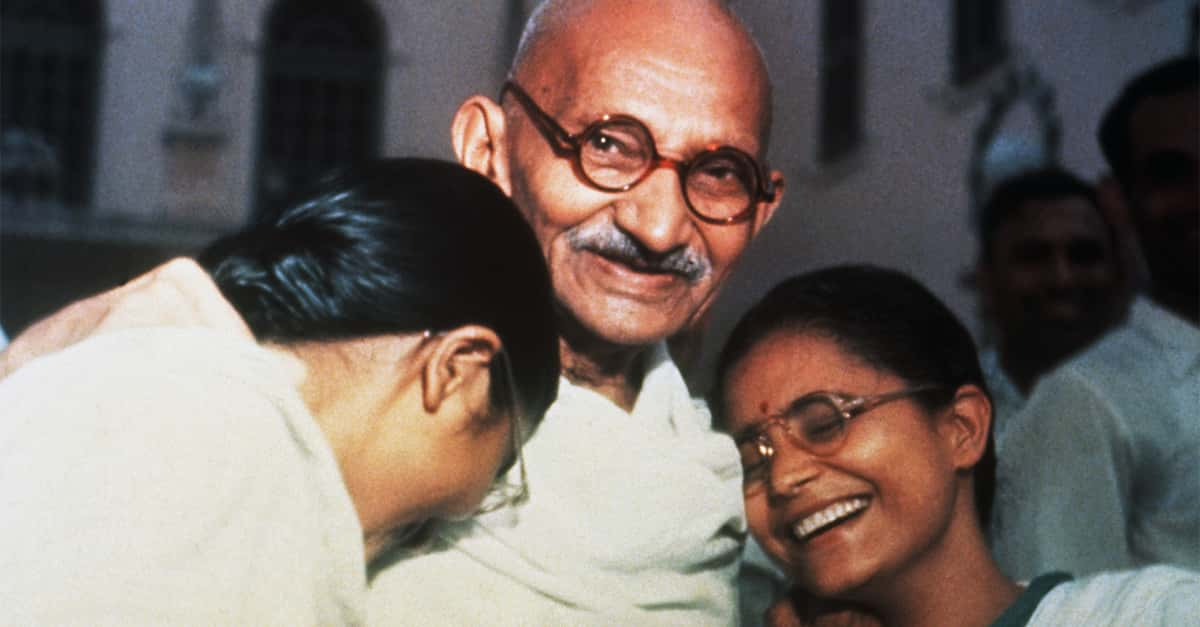







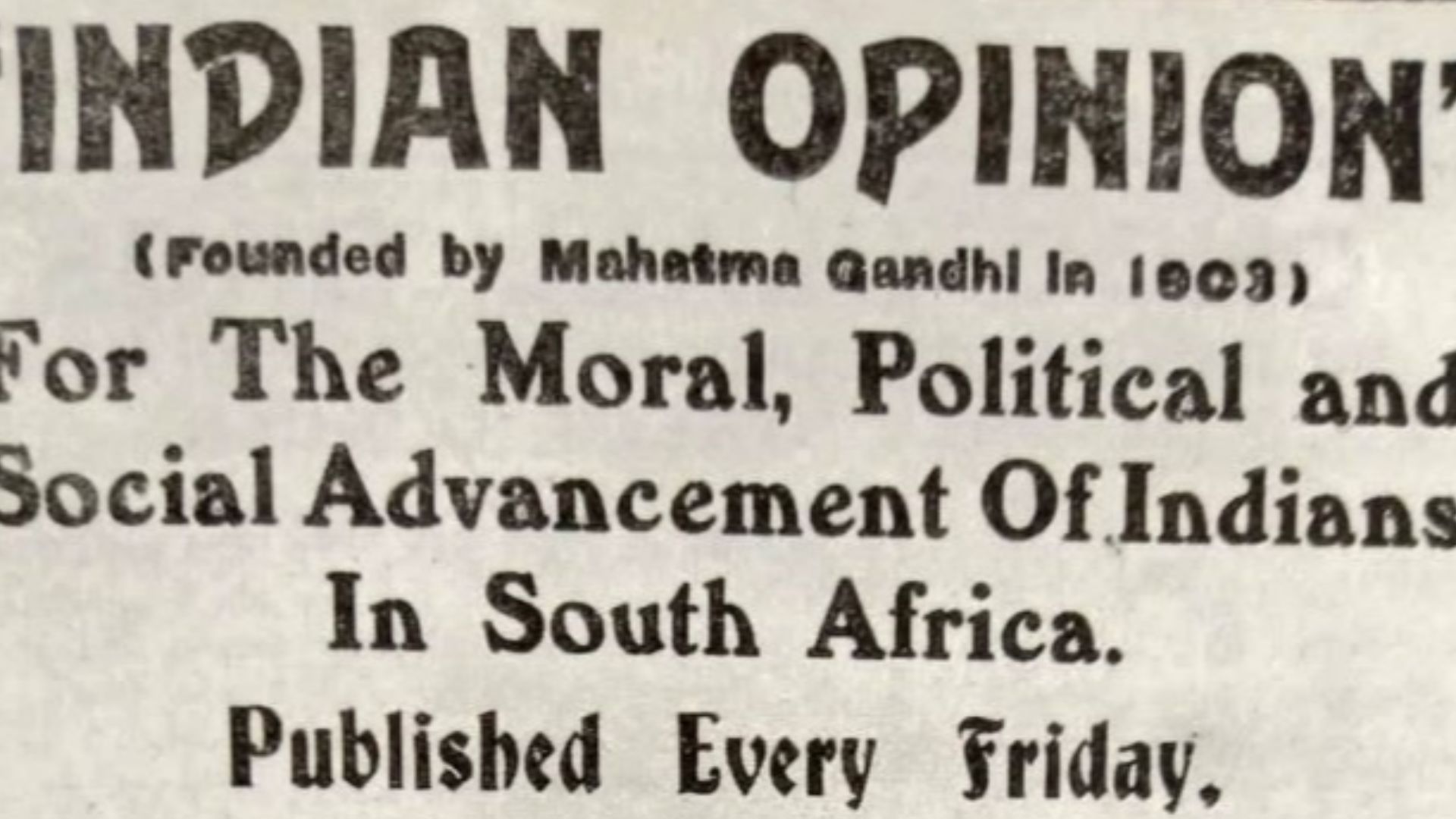
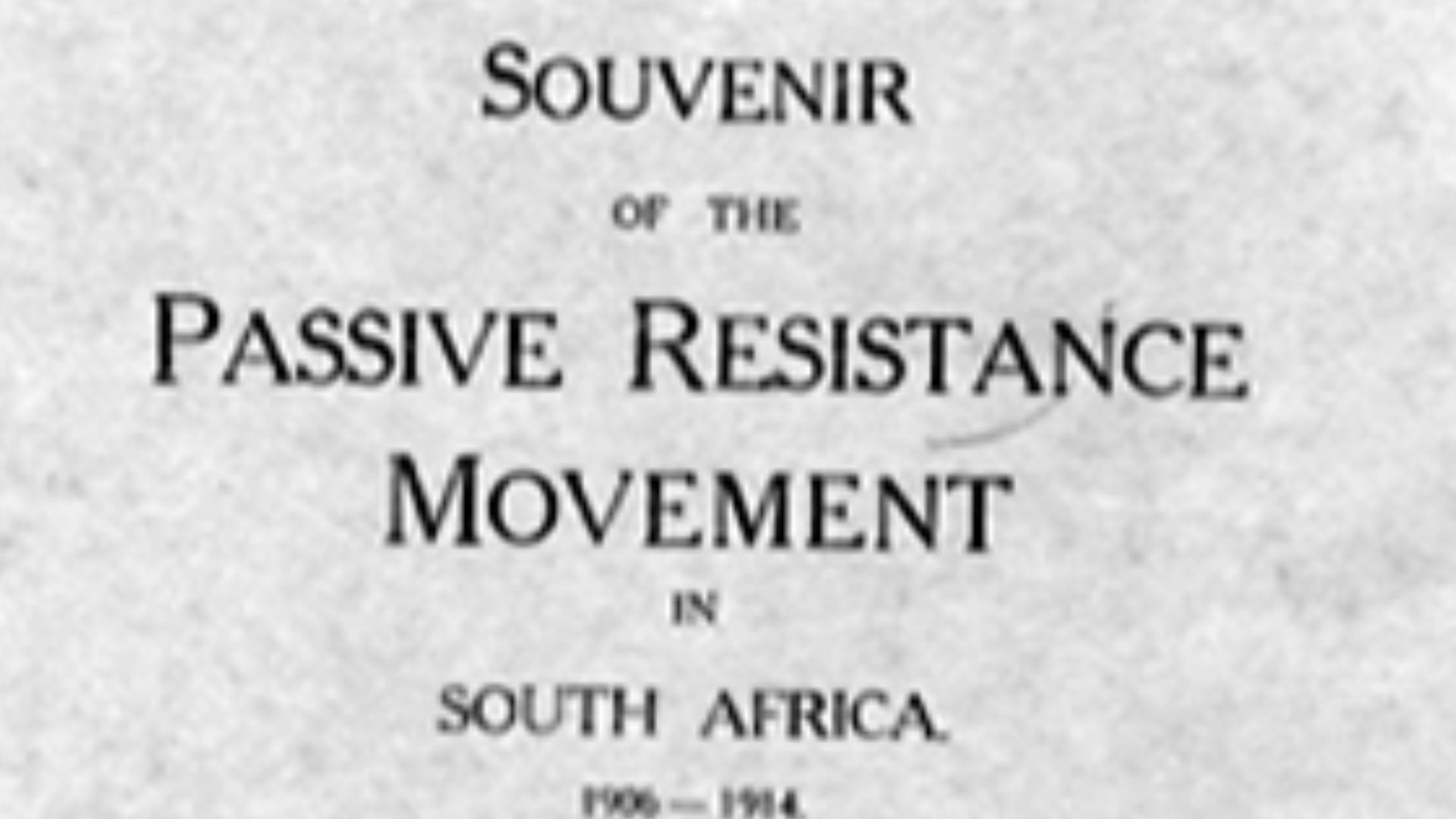
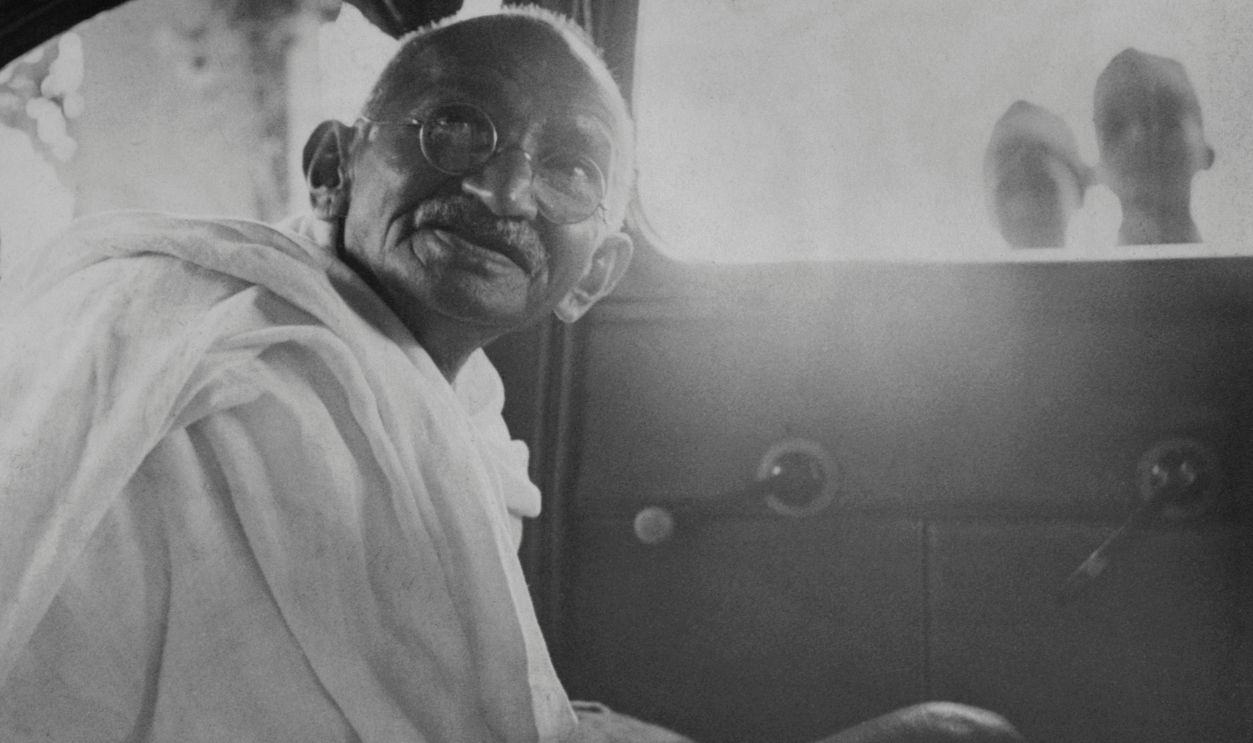
![Gandhi in London', 1930, (1938). Gandhi visiting London for 'Round Table' conferences, September 1930. From These Tremendous Years 1919-1938. [Daily Express, London, 1938]](https://www.factinate.com/storage/app/media/factinate/2025/9/15/Untitled%20design%20-%202025-09-15T094540.068.jpg)
